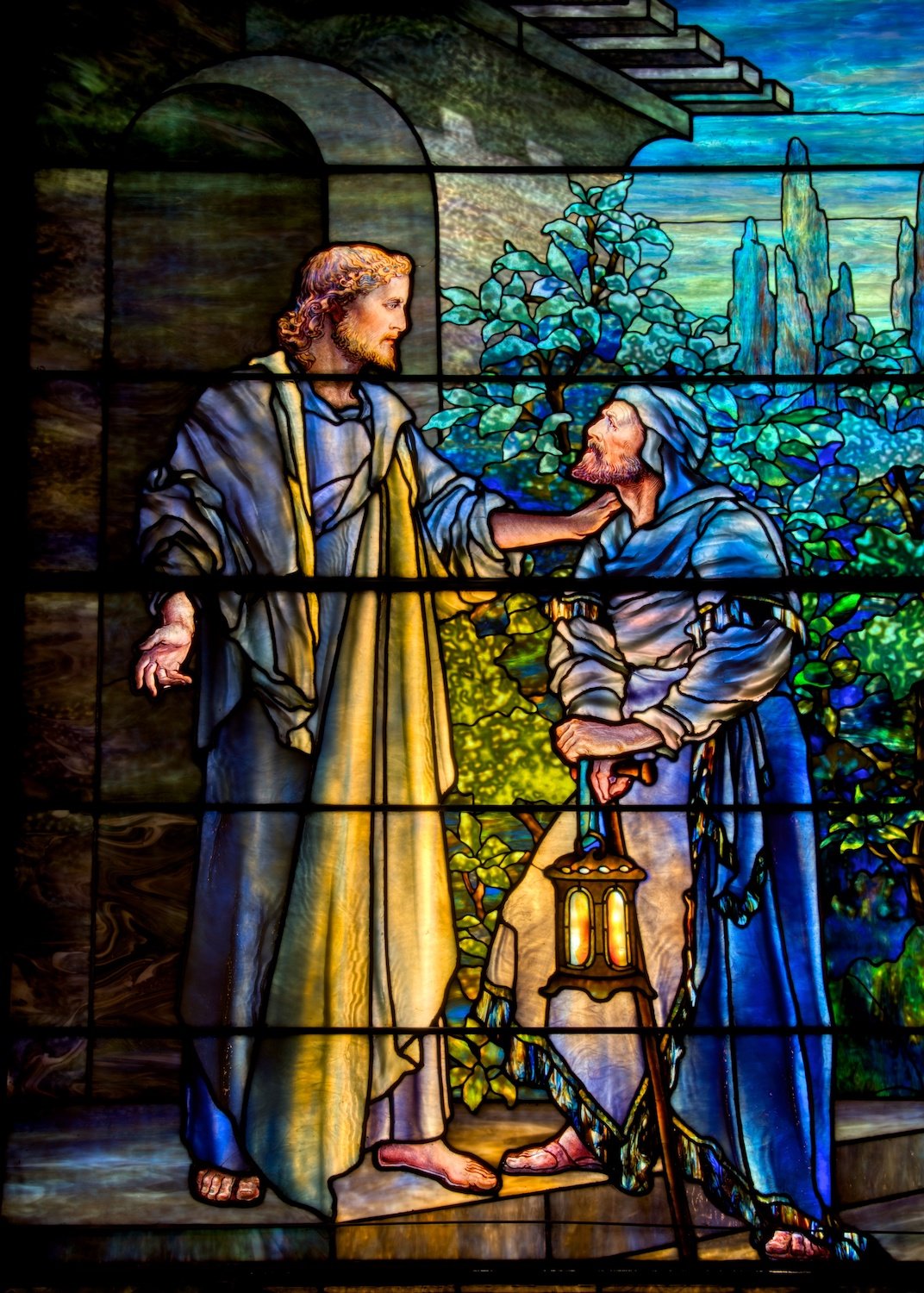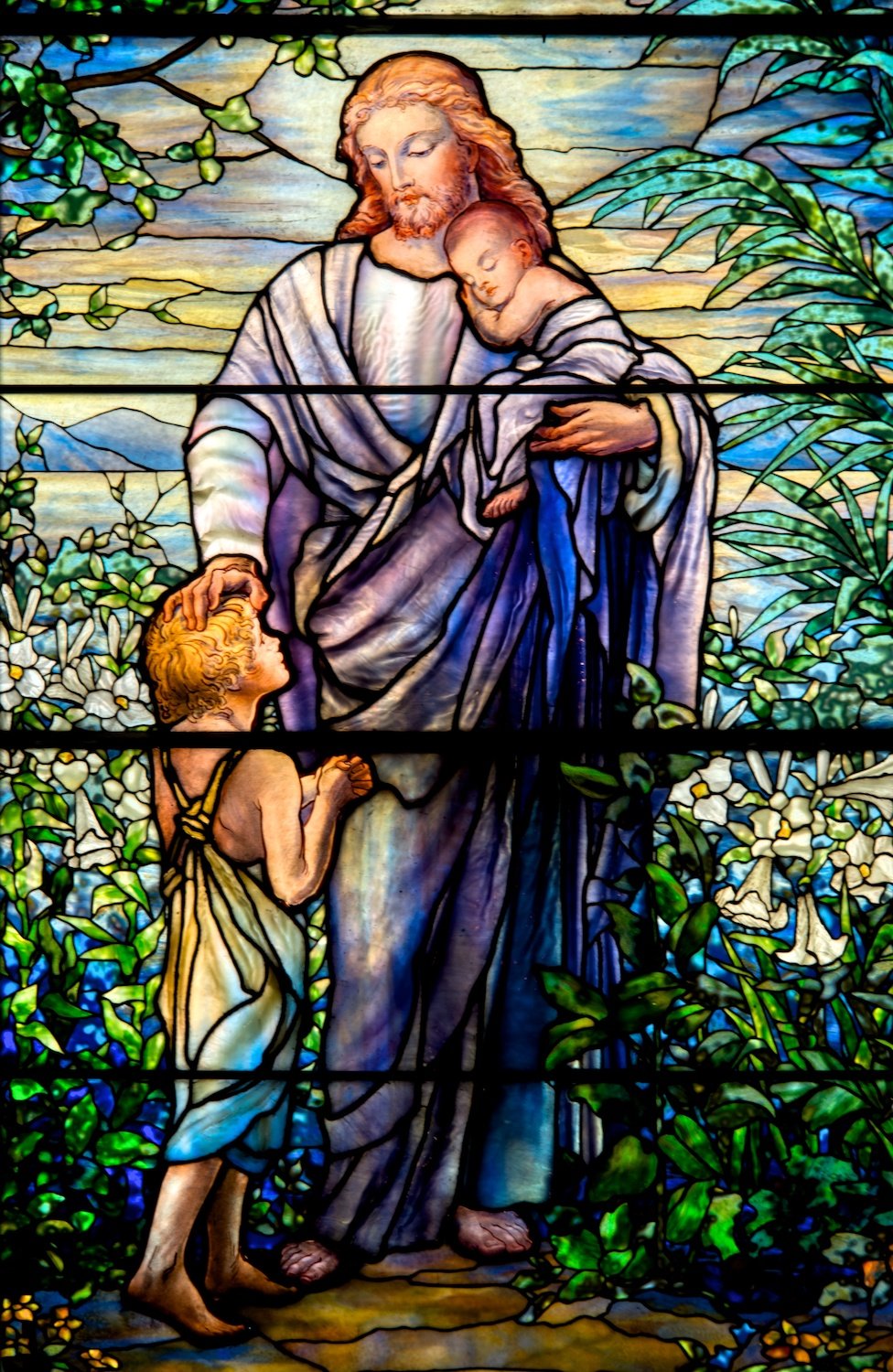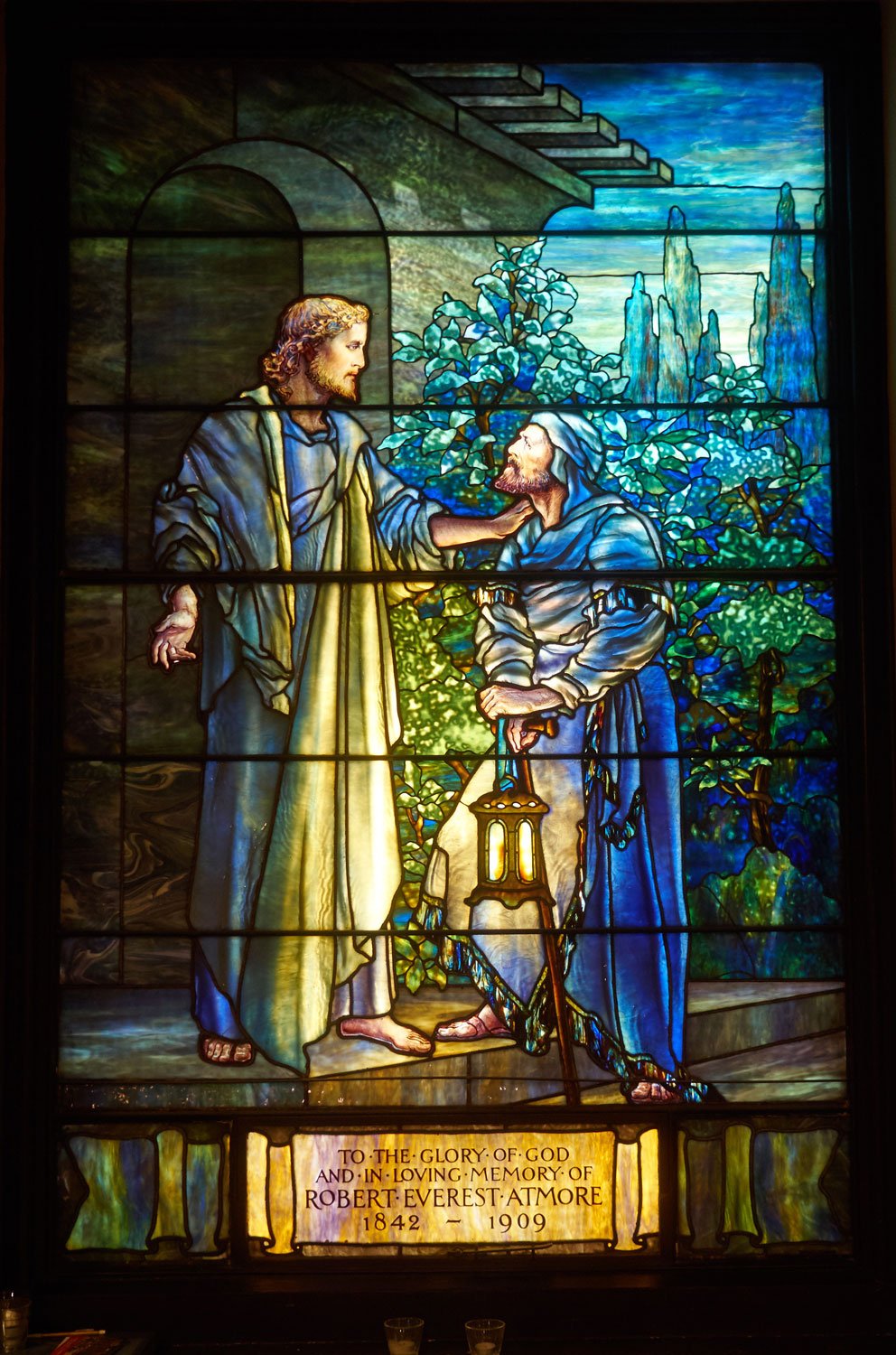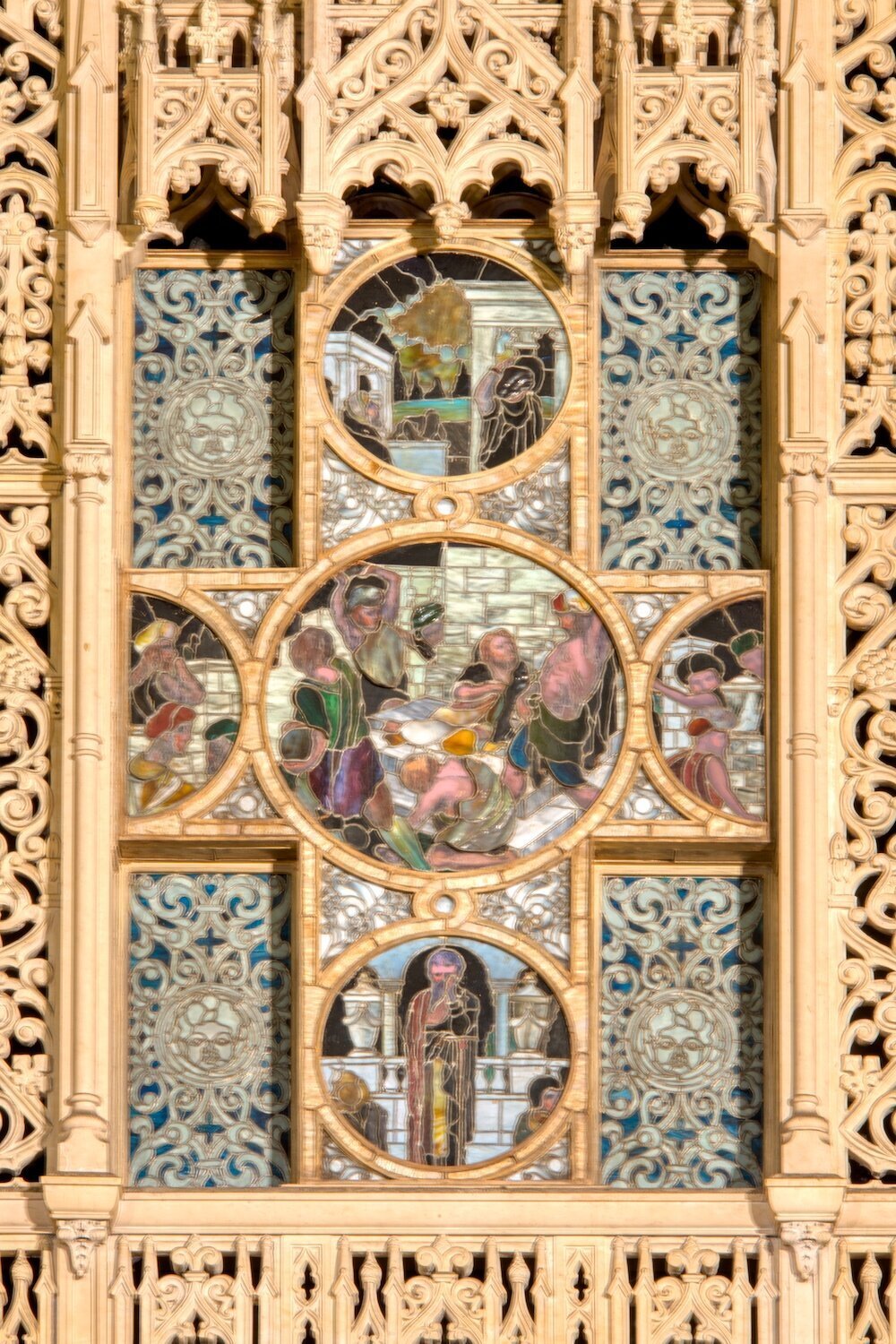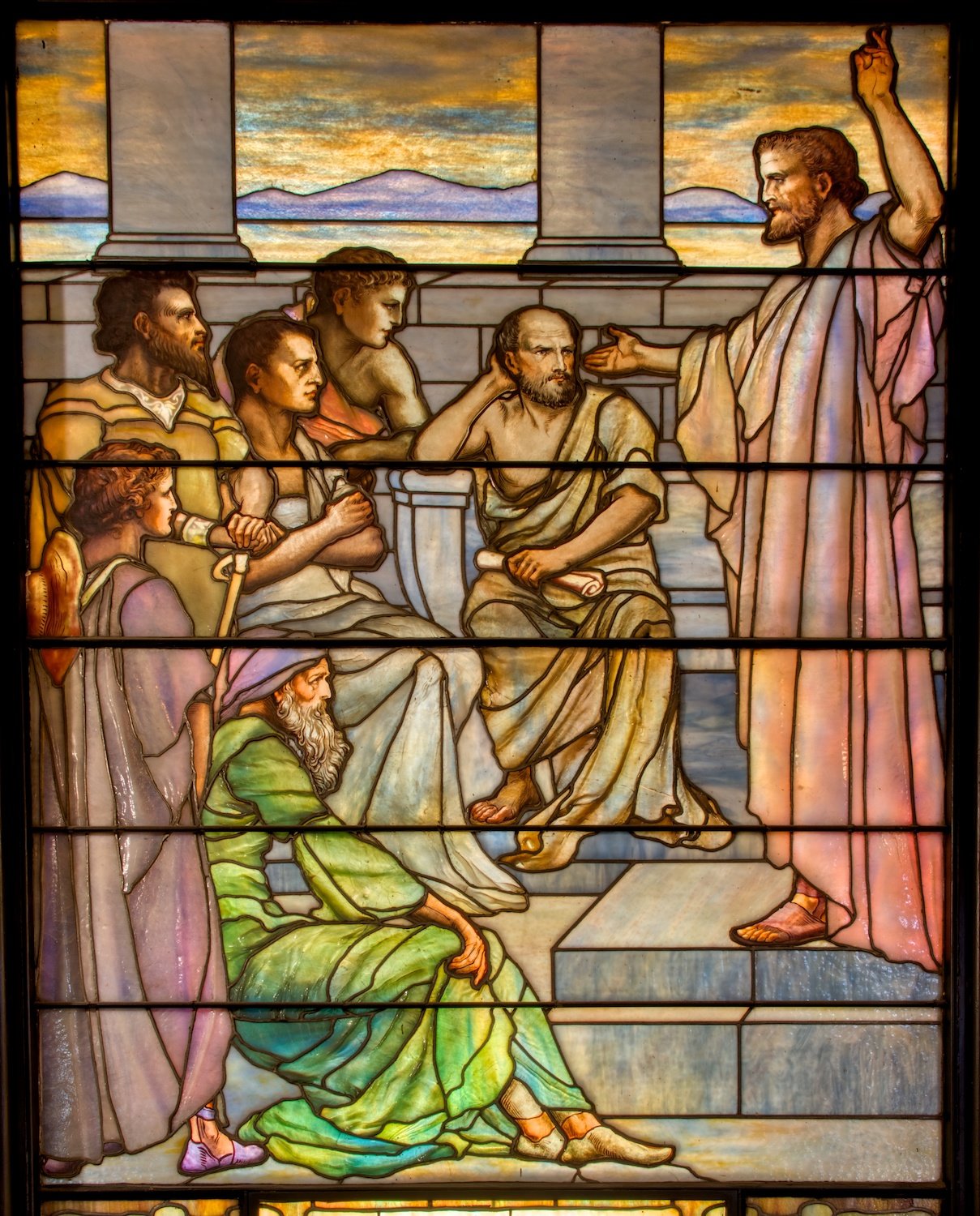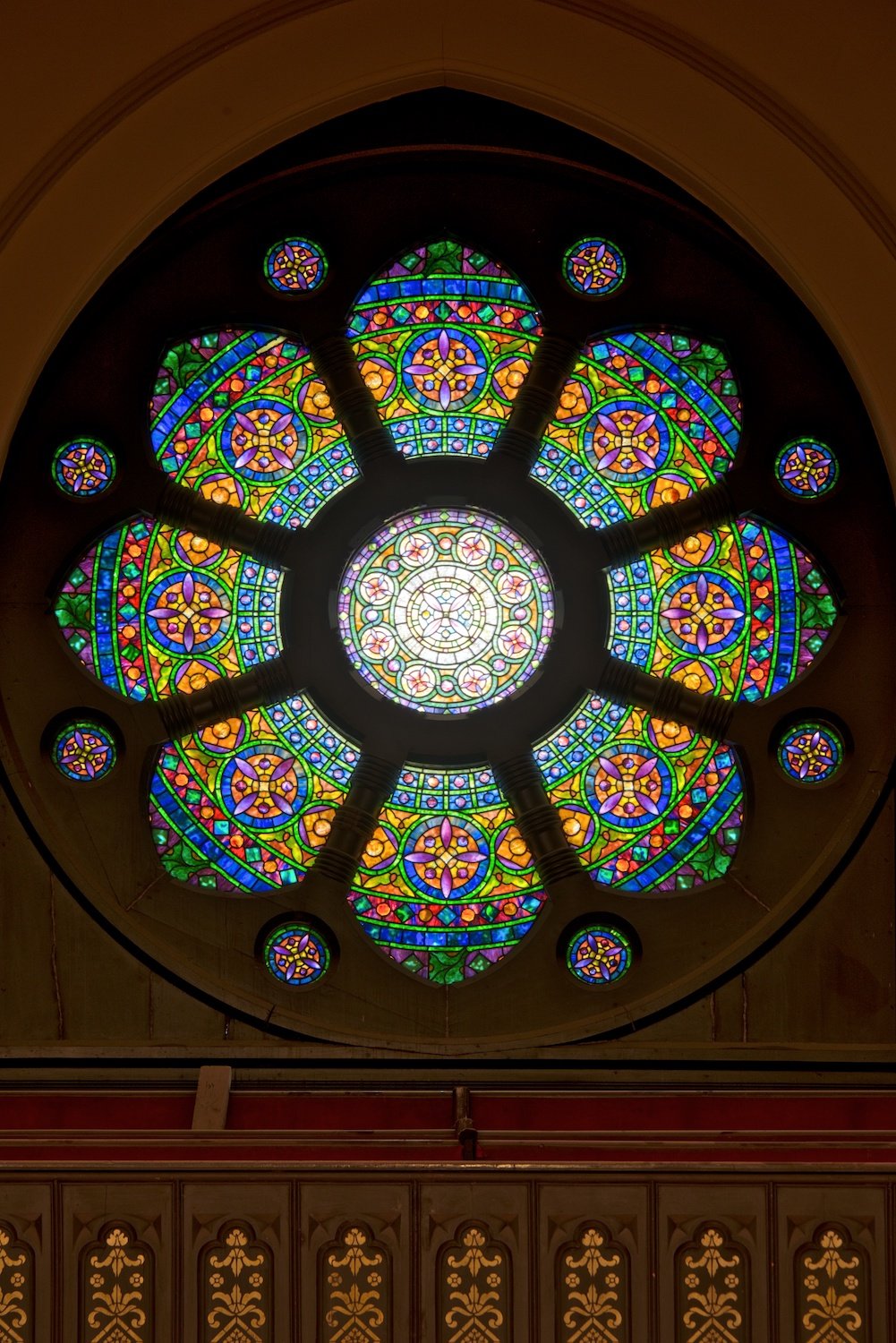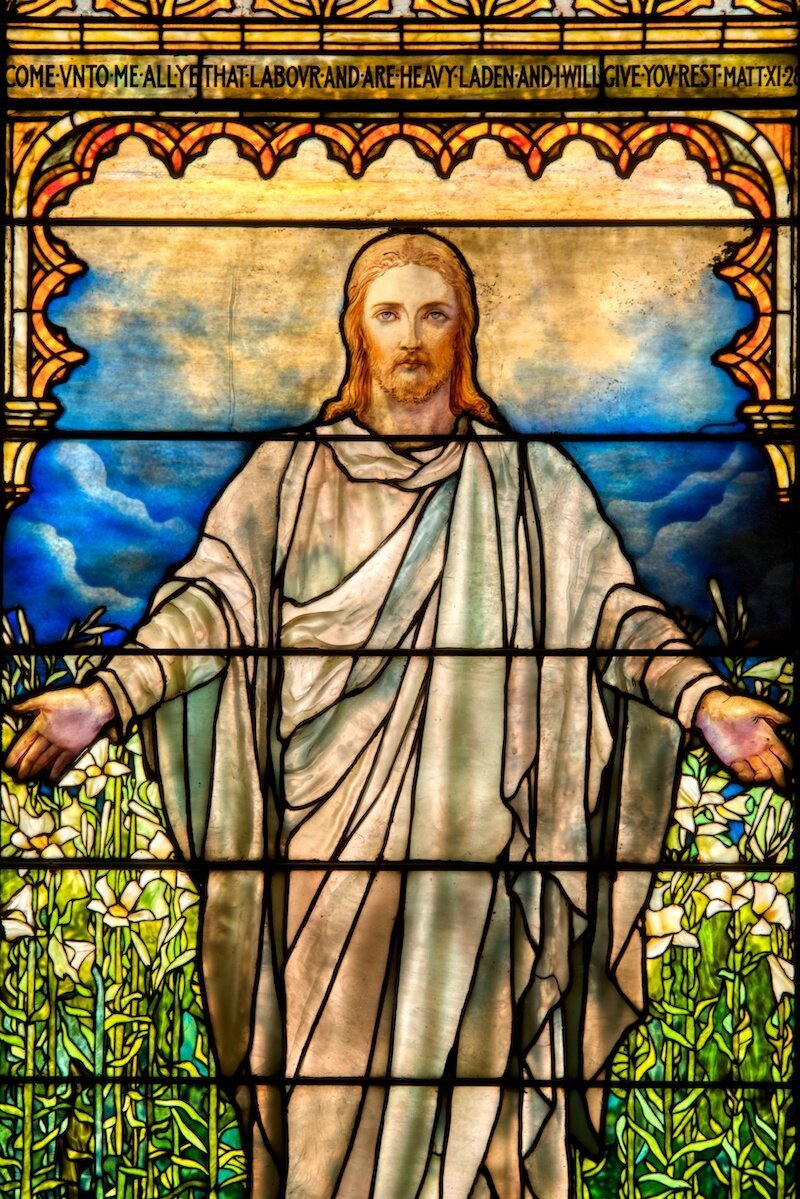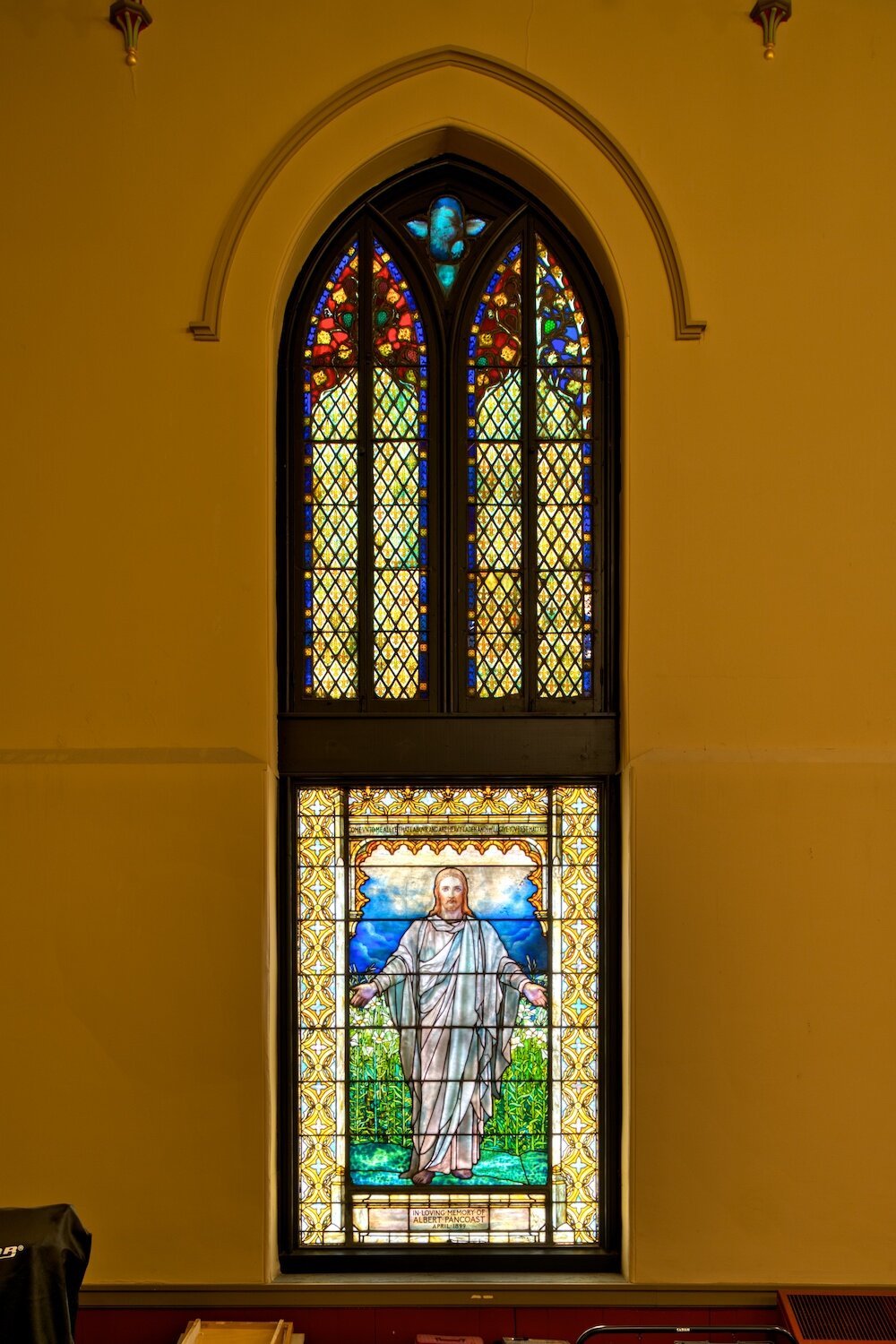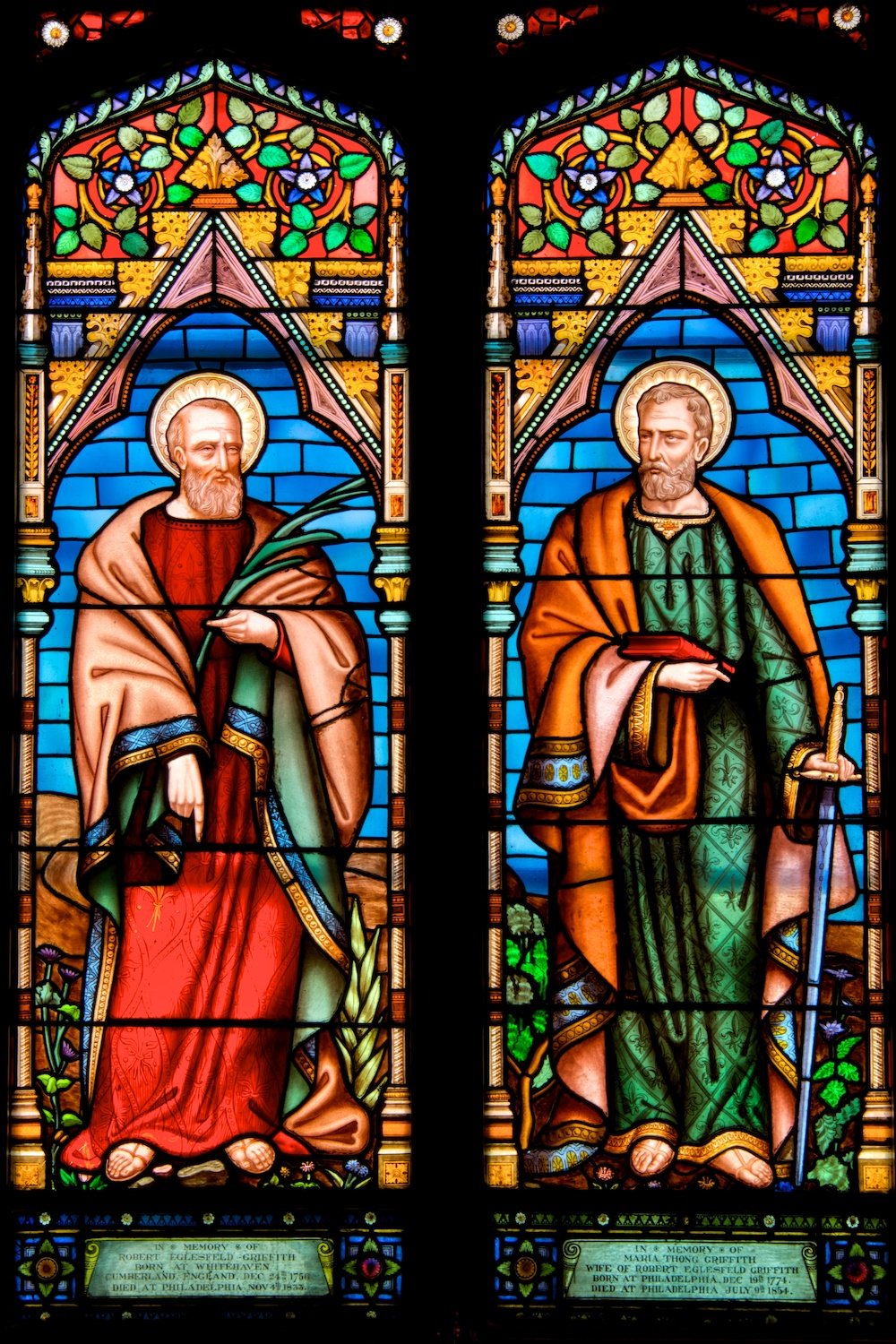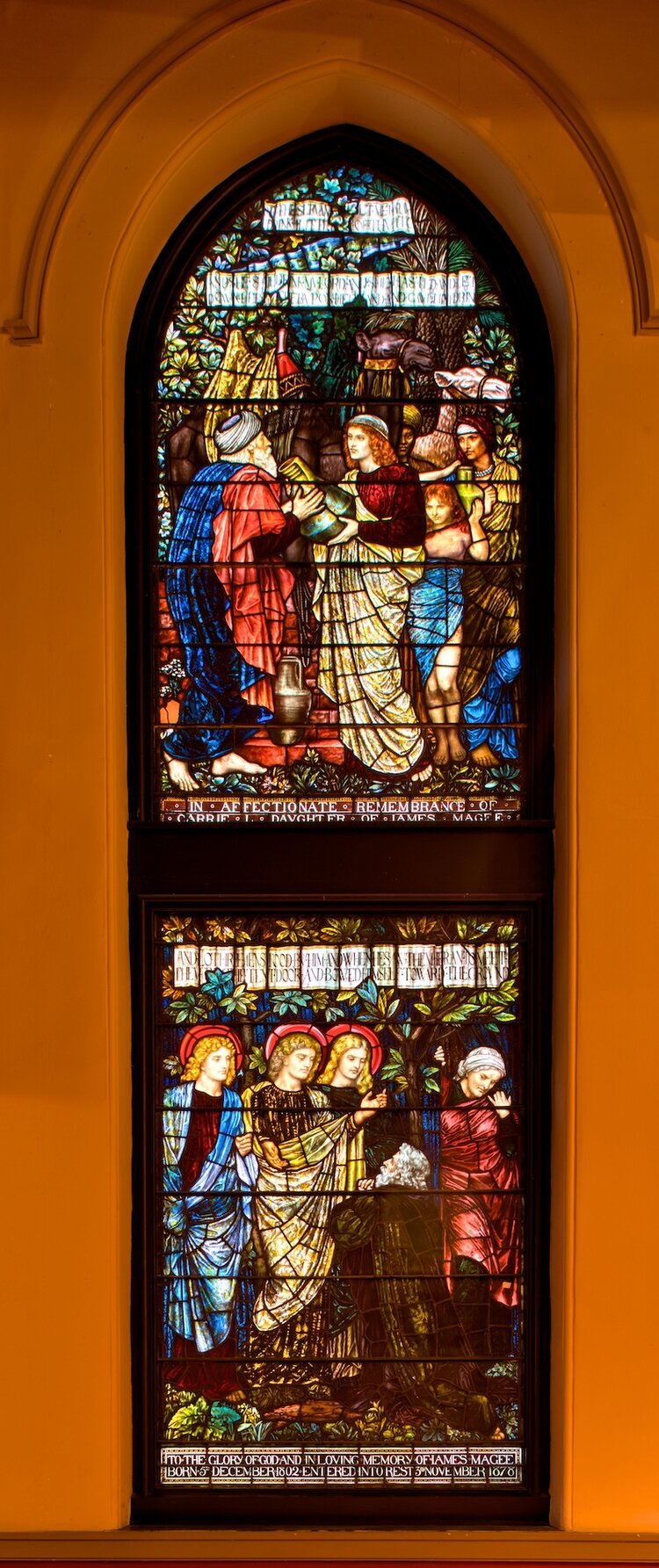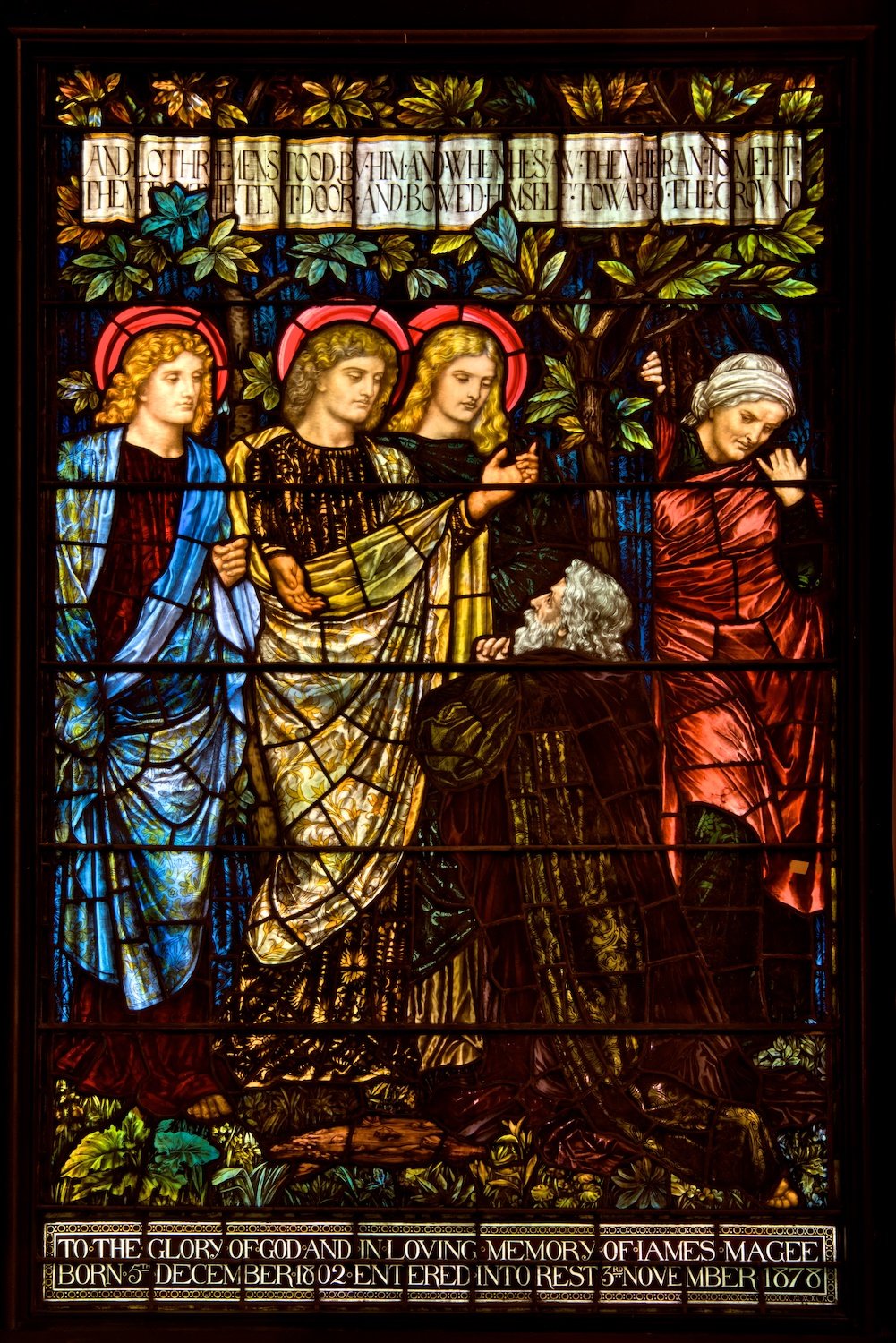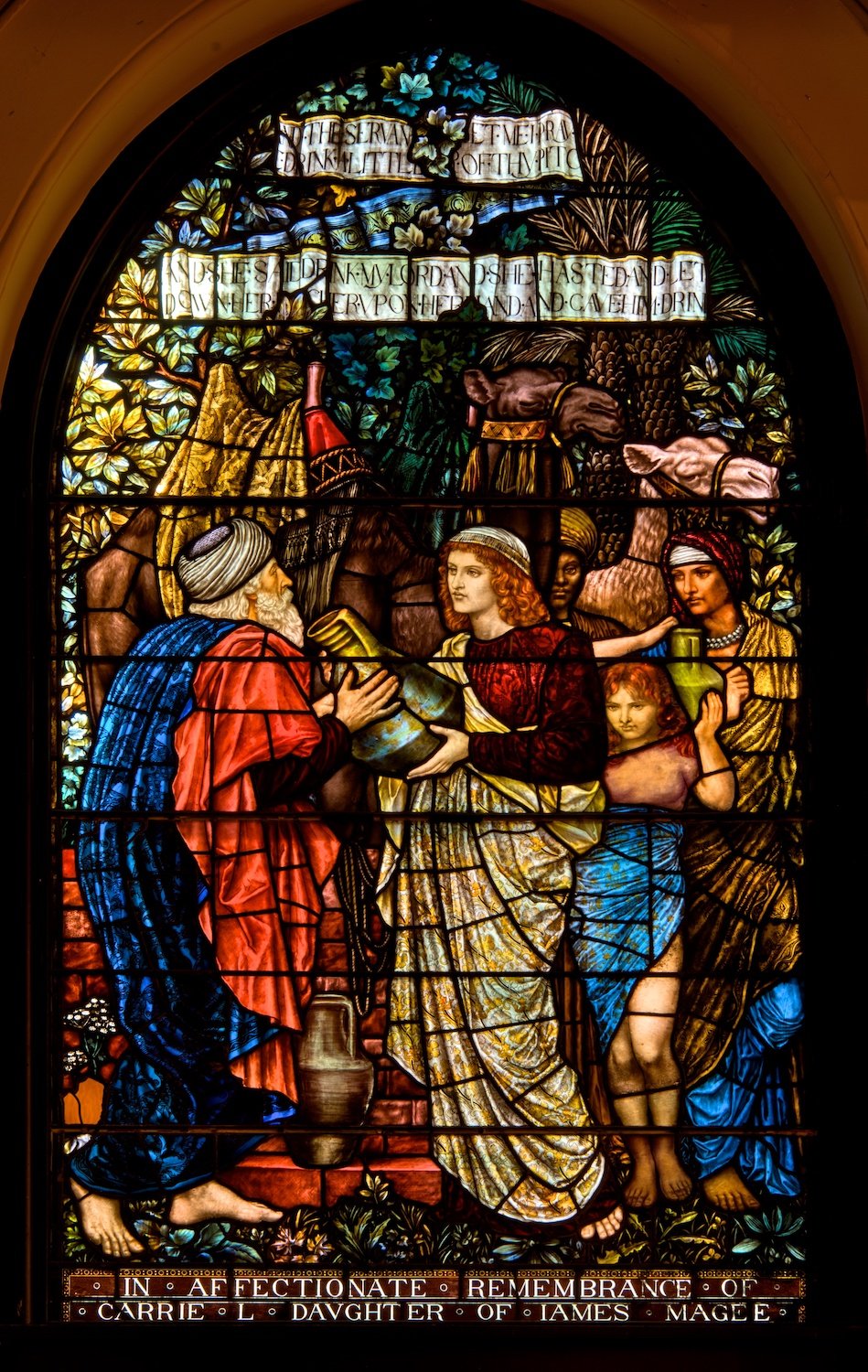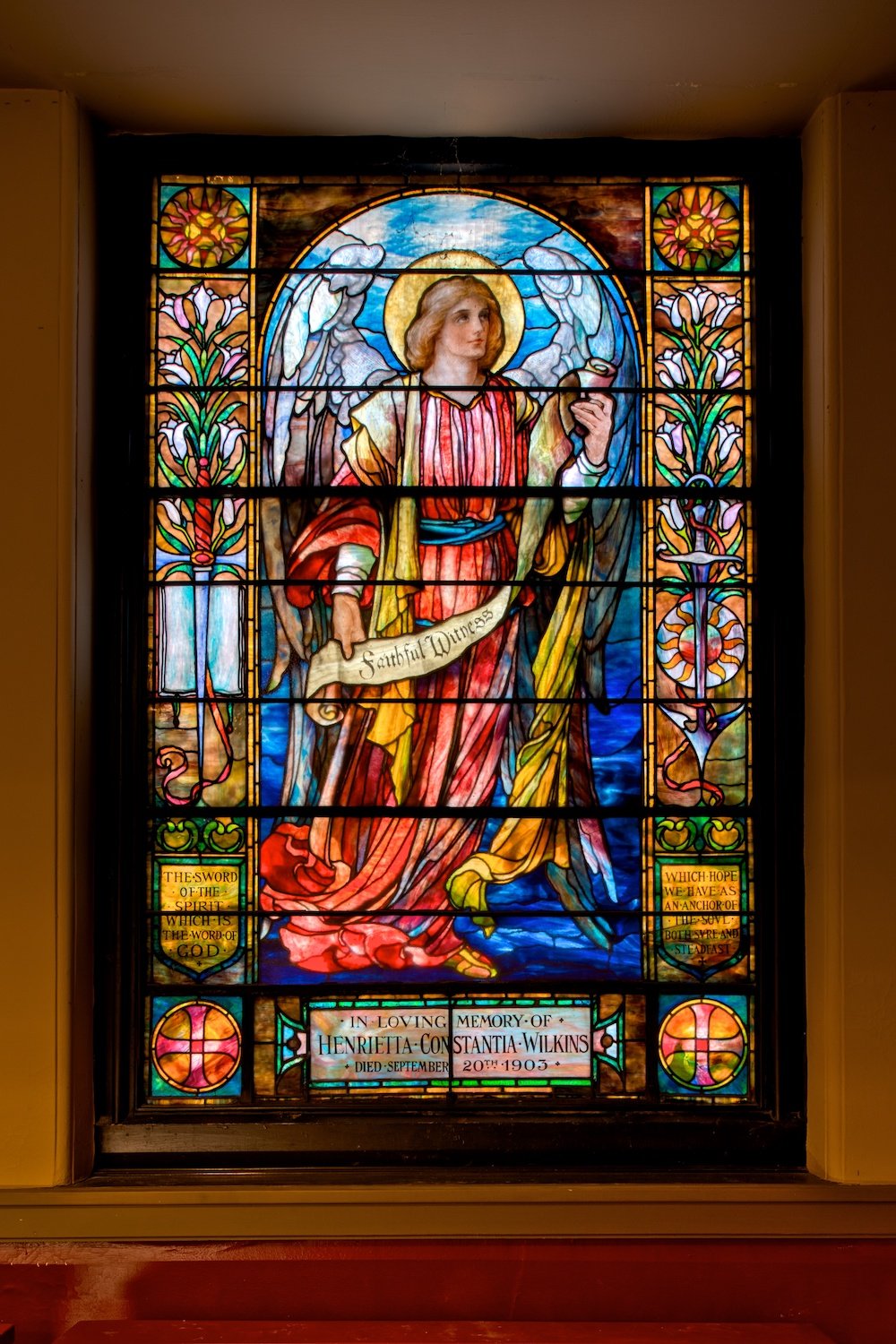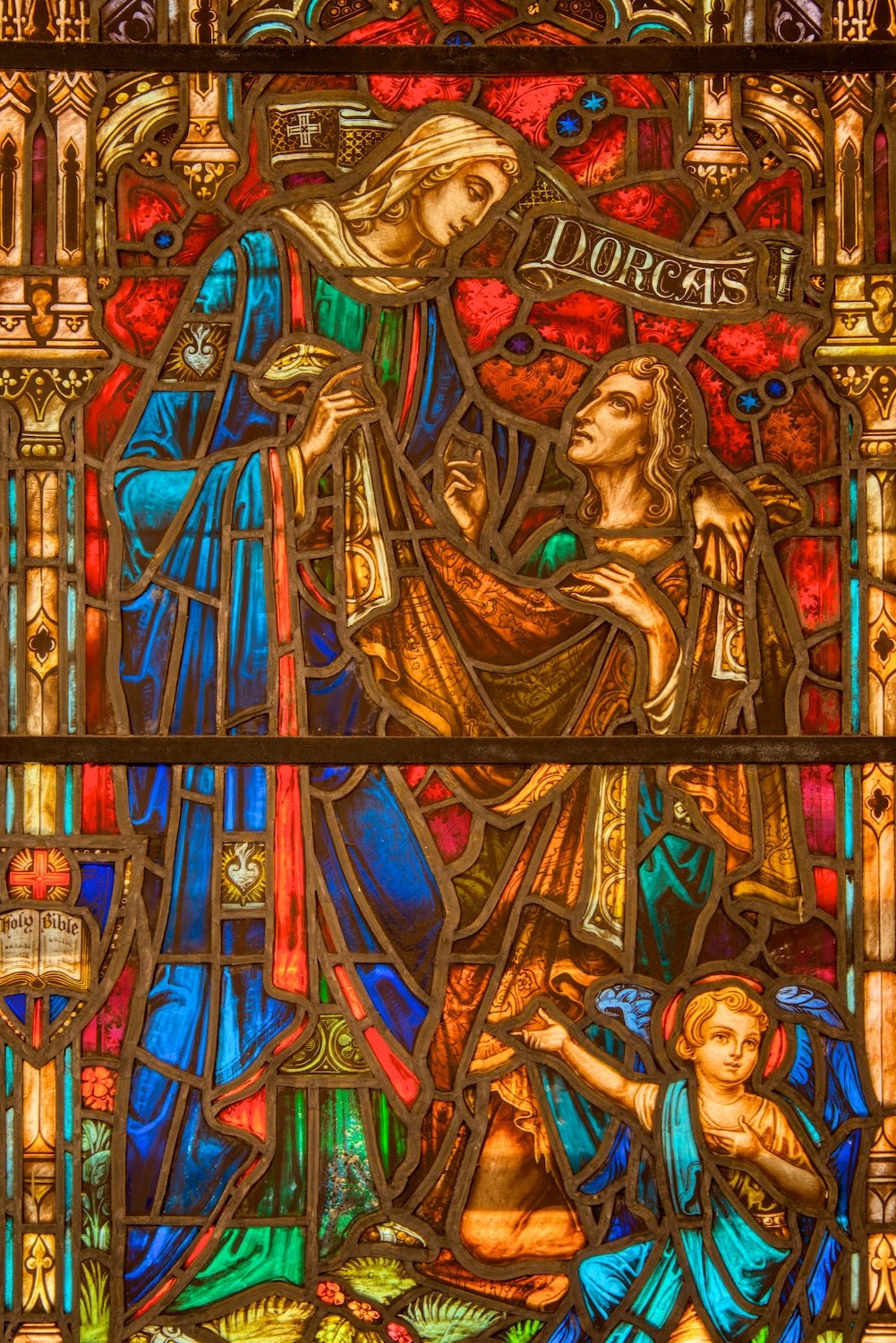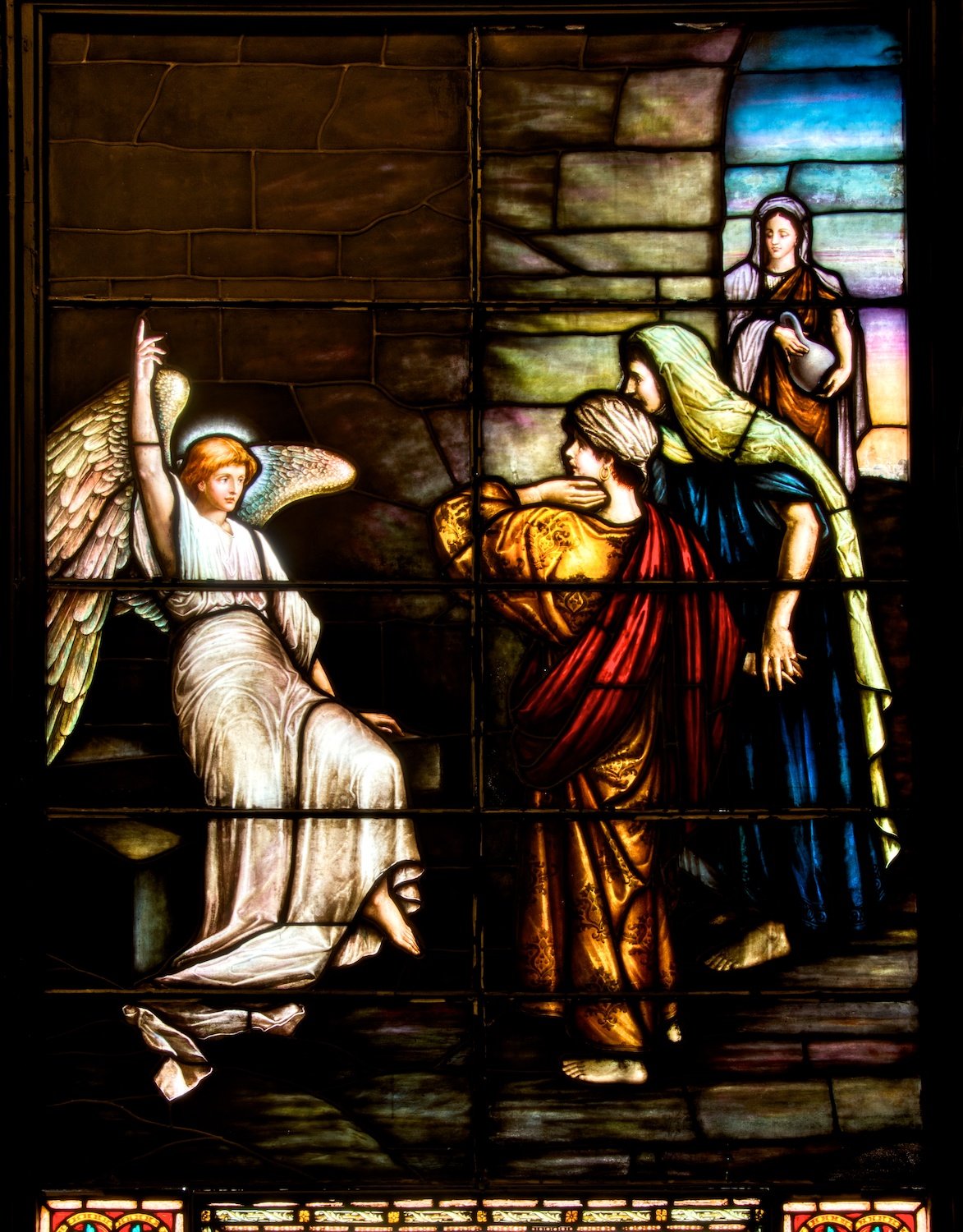
Consecrated in 1823, St. Stephen's Episcopal Church counts among the earliest American churches to adapt church architecture from the Middle Ages. It is the sole Gothic Revival style building from this period remaining in Philadelphia and the only Gothic Revival building by architect William Strickland to survive.
Thirty years later, in the early 1850s, the interior of St. Stephen's gained three large marbles: two funerary marbles and a baptismal font with life-size figures and an intricately wrought silver-gilt lid. Produced for prominent church members Edward Shippen and Eliza Howard Burd, these striking forms are the basis for the church's reputation, beginning in the 20th century, as "Philadelphia's Westminster Abbey."
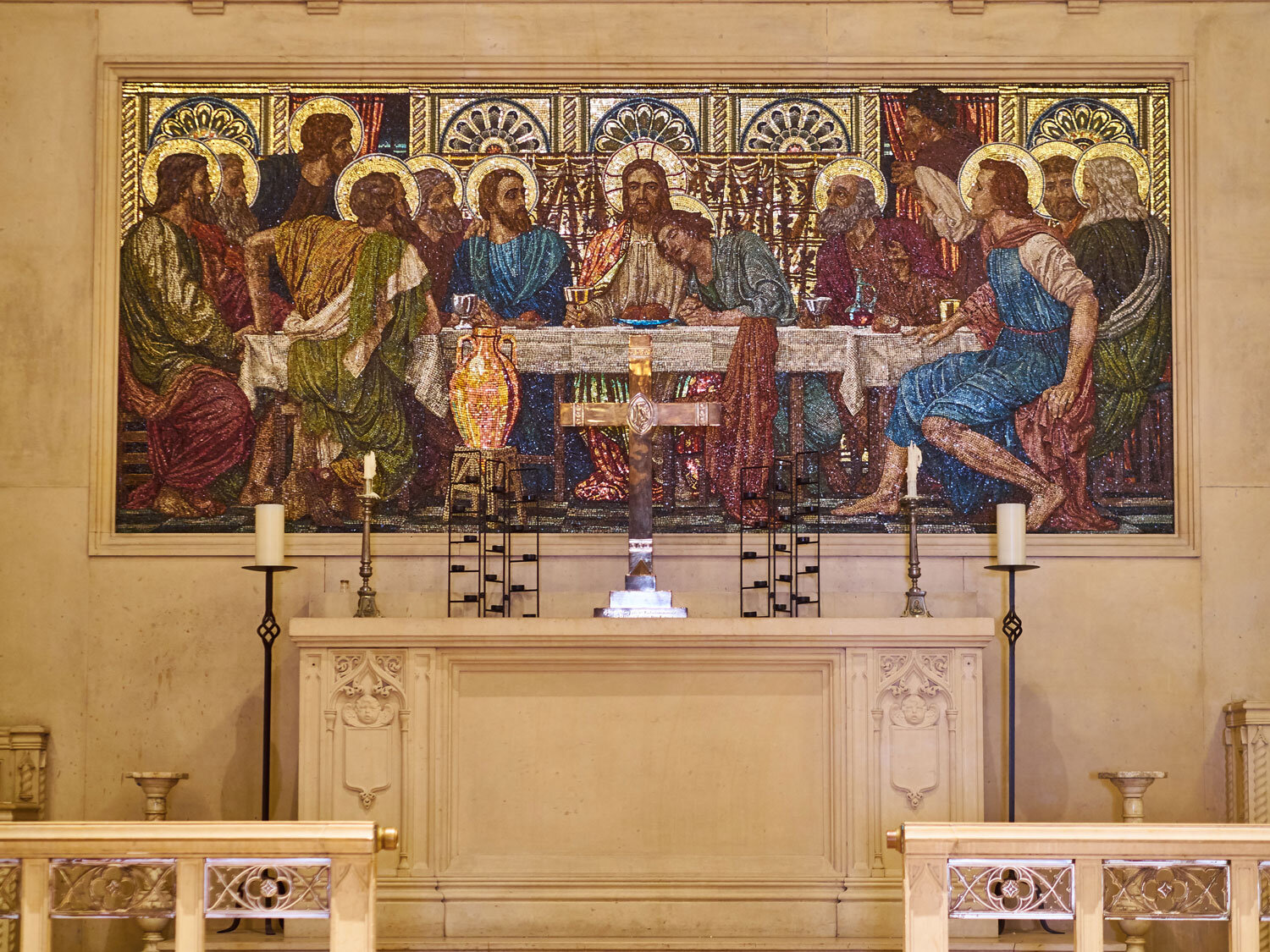
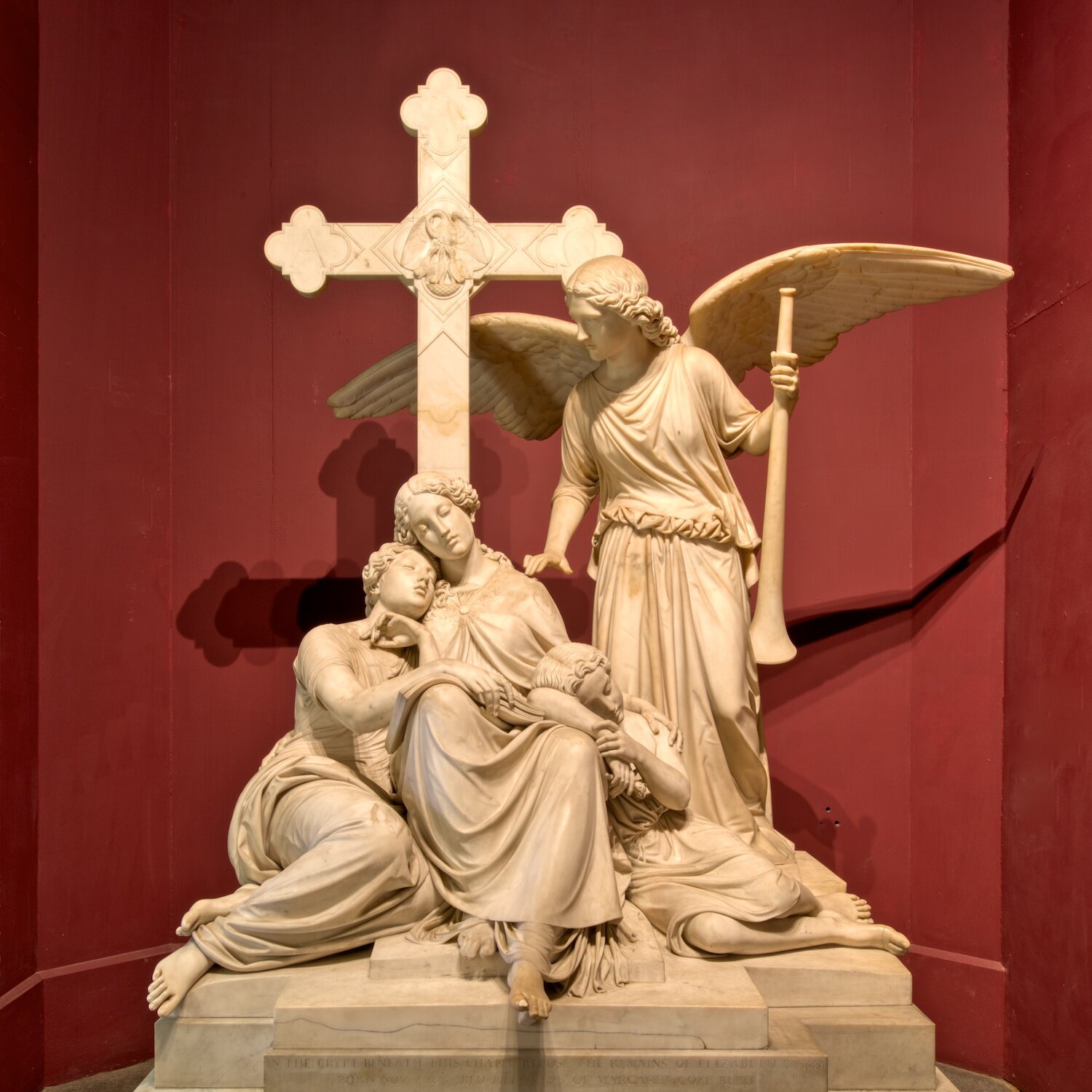


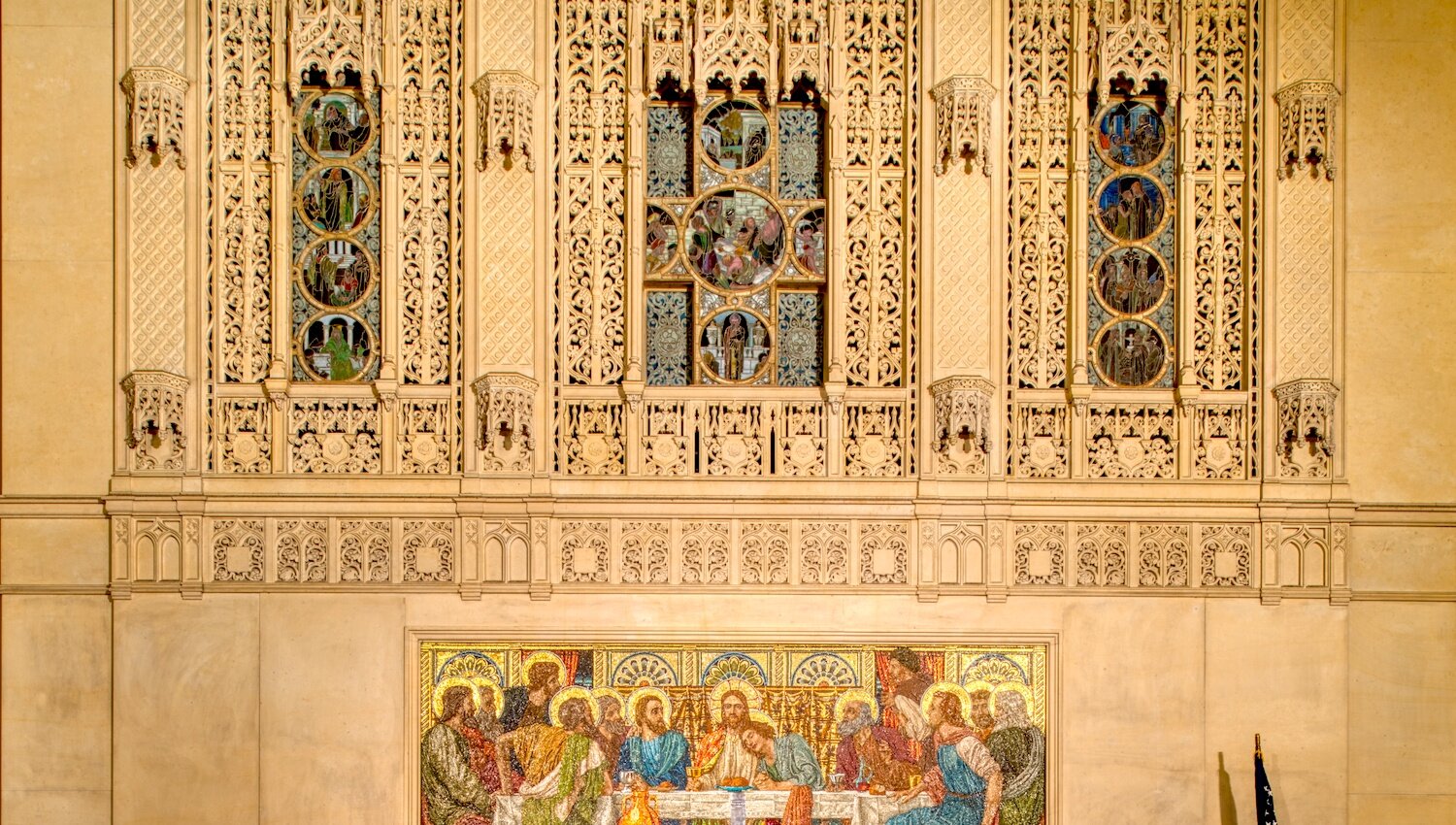
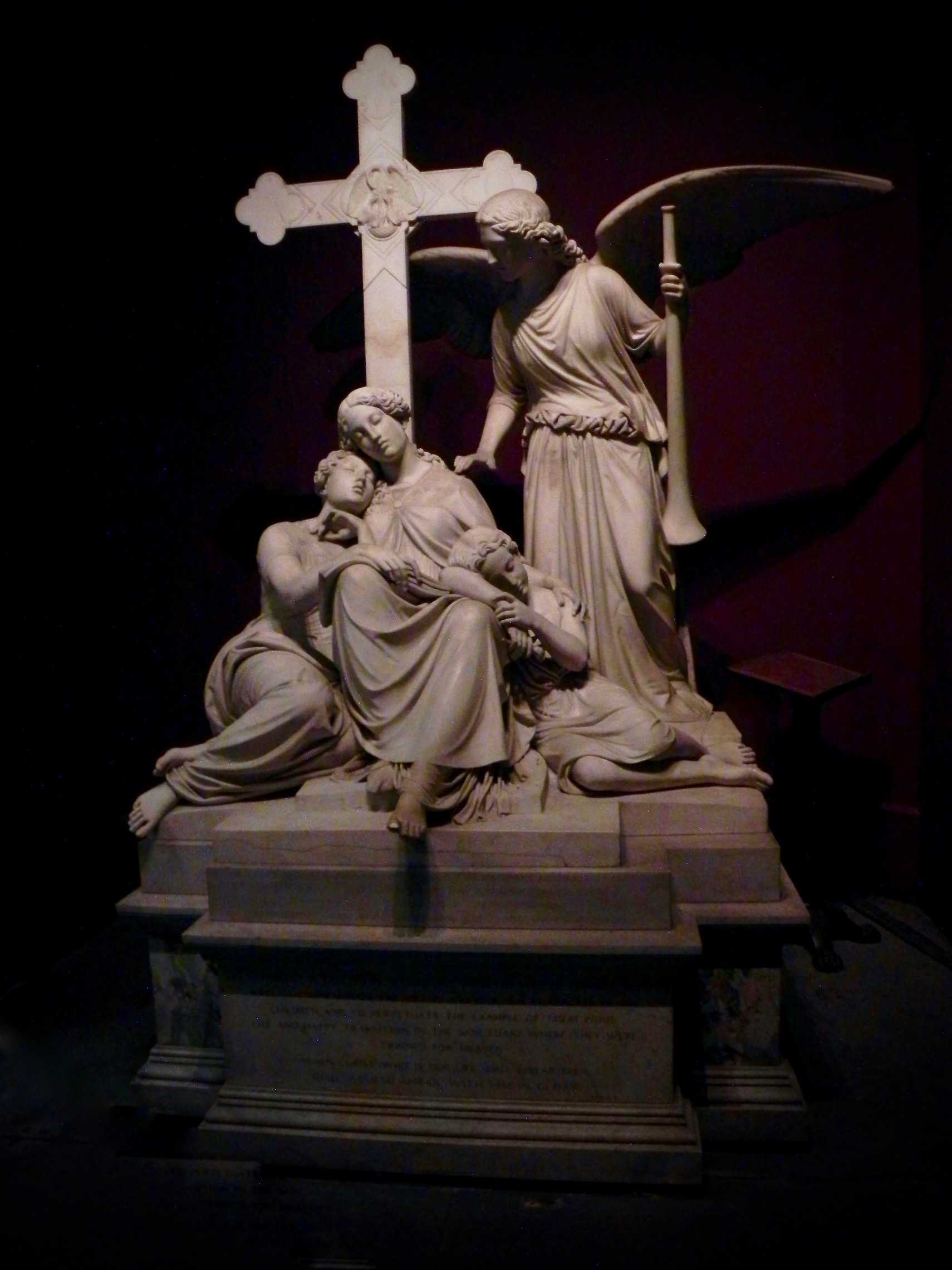
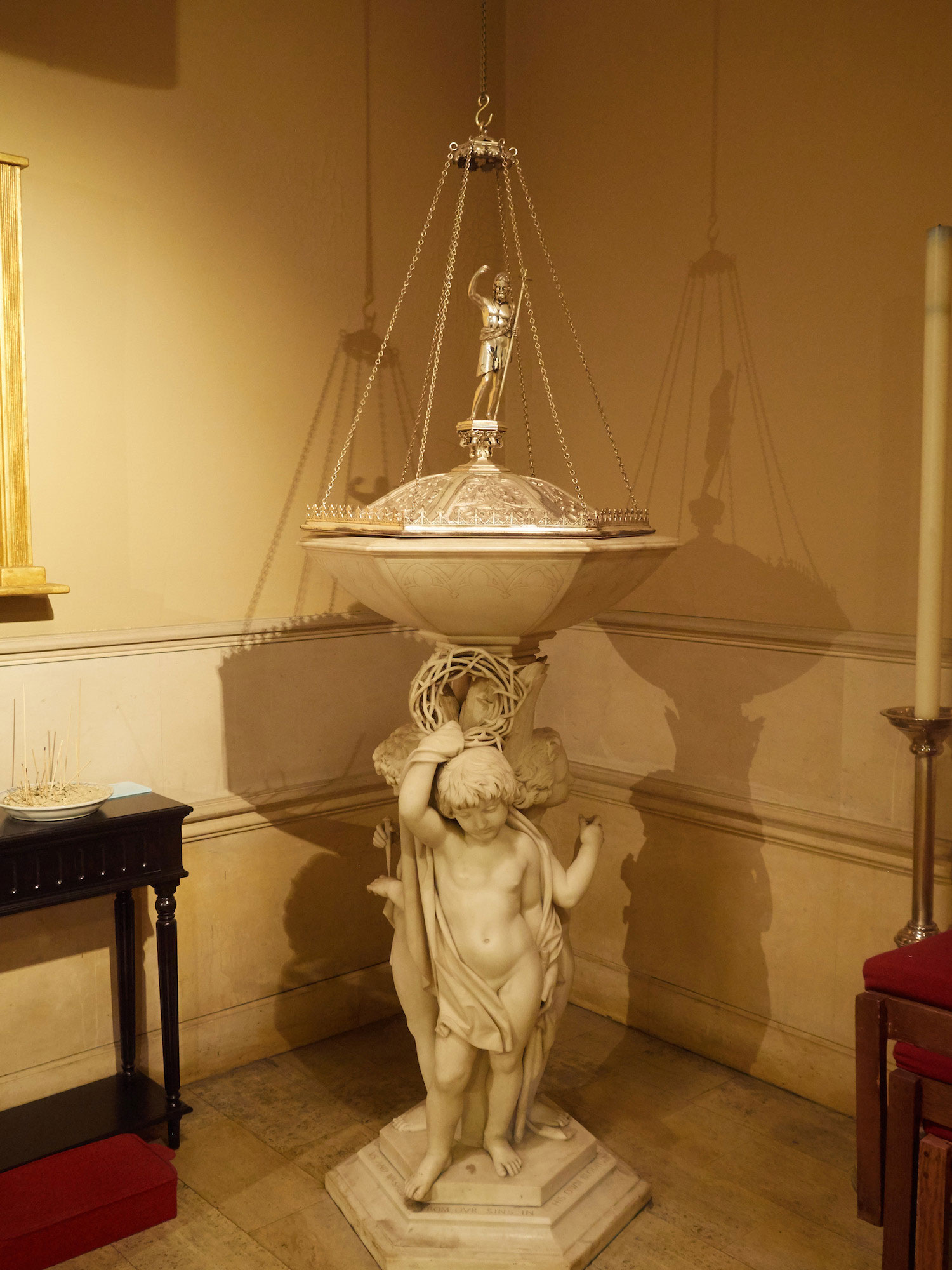
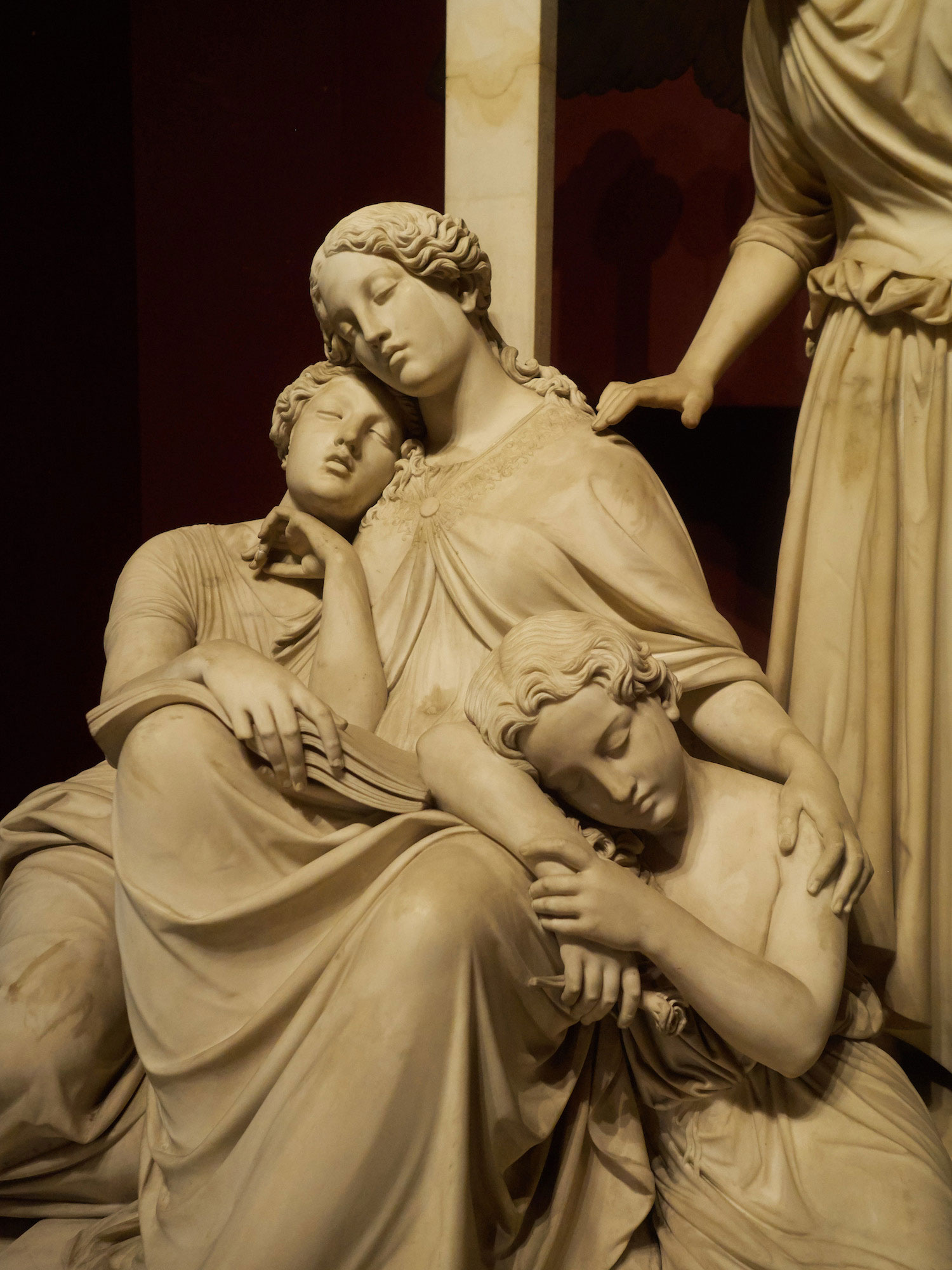
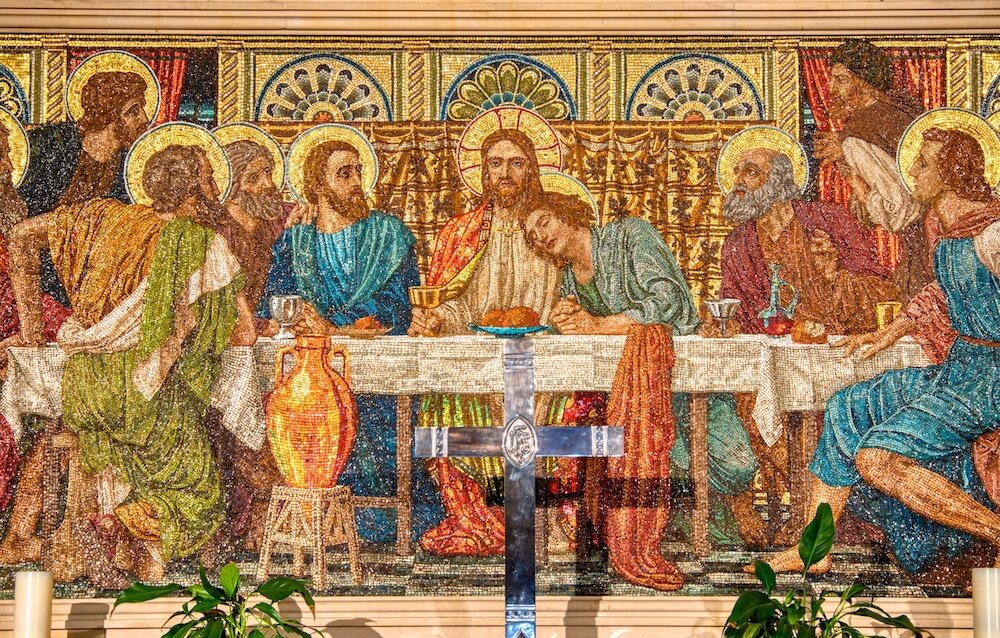
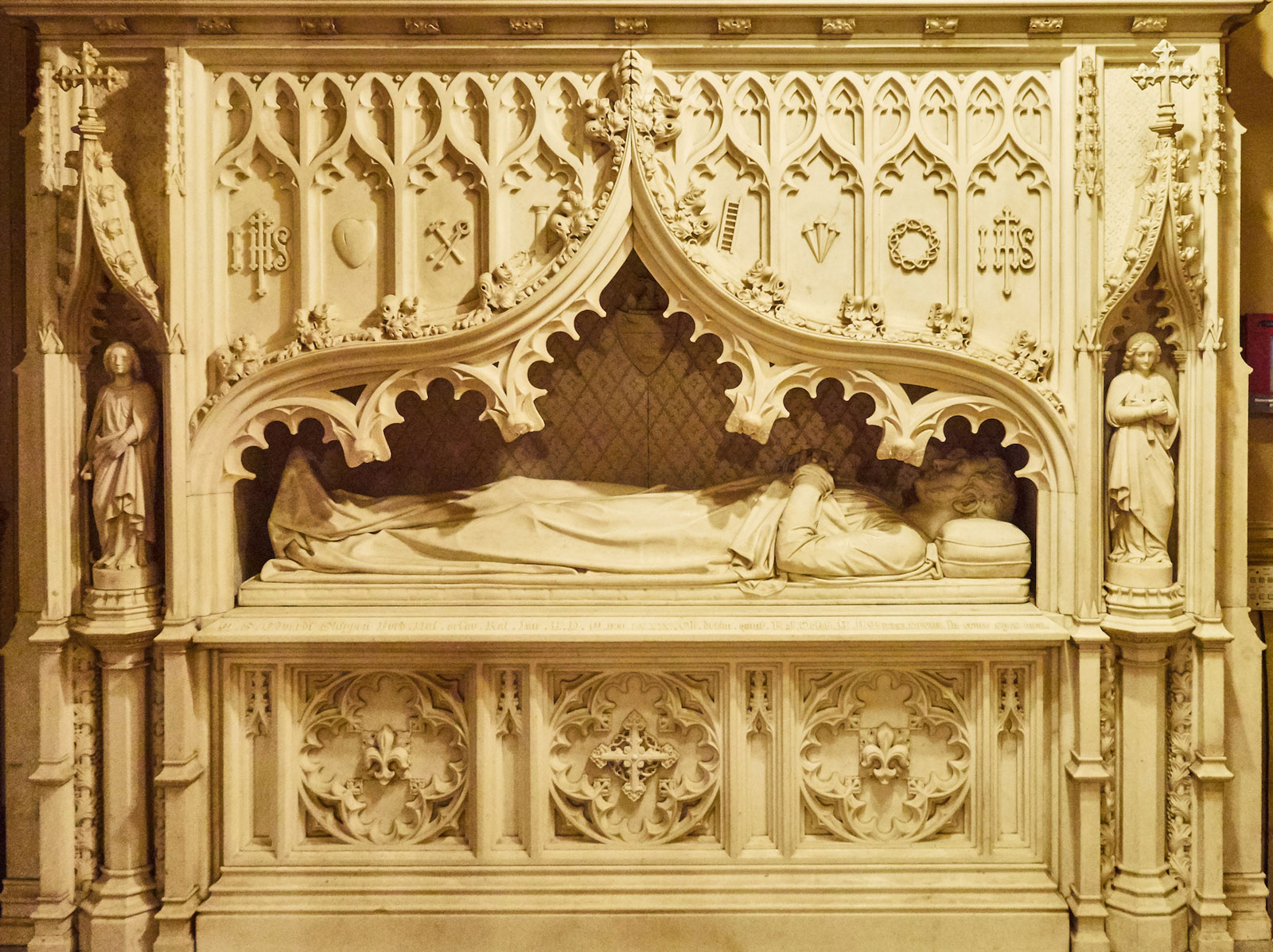
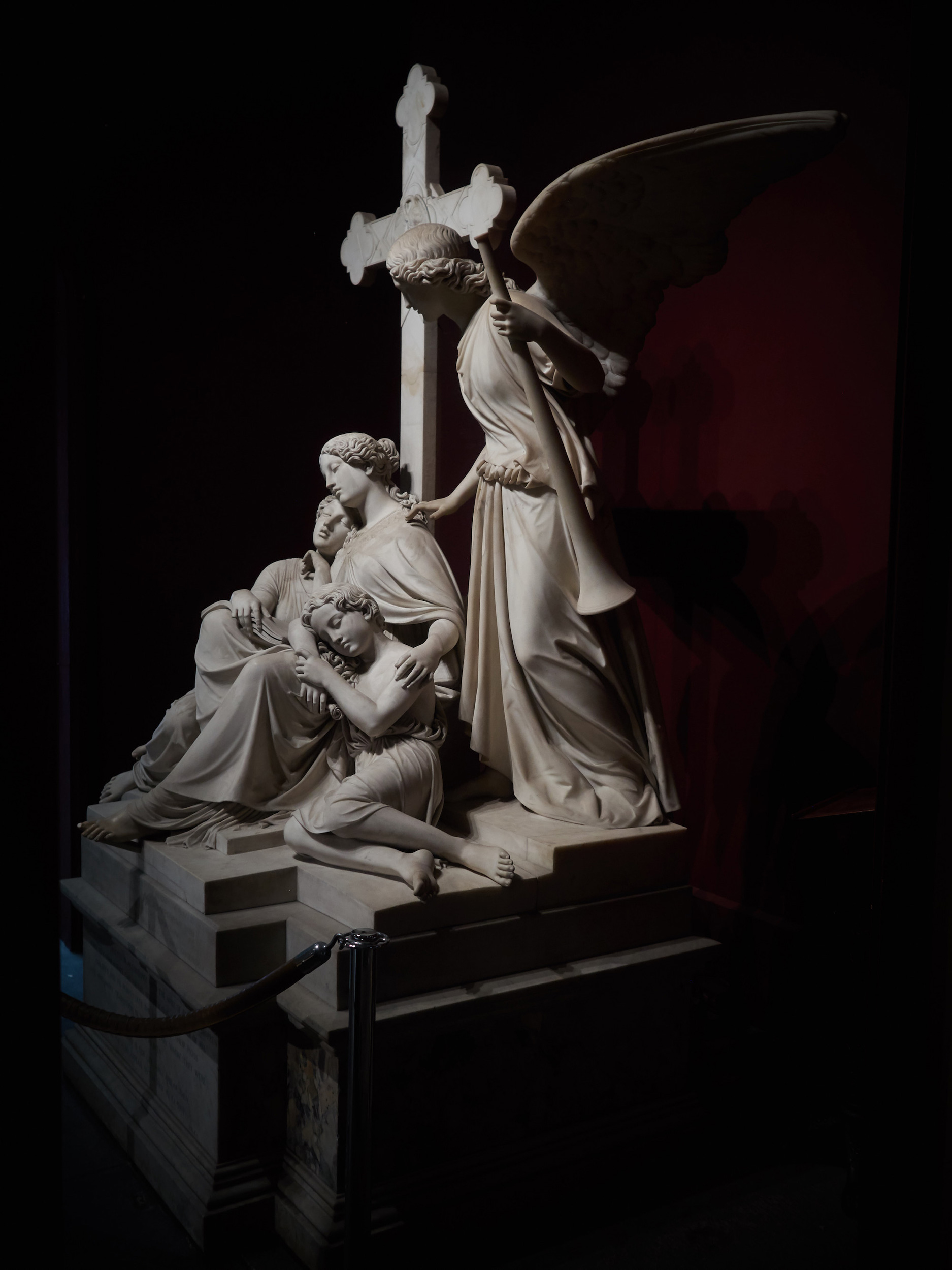
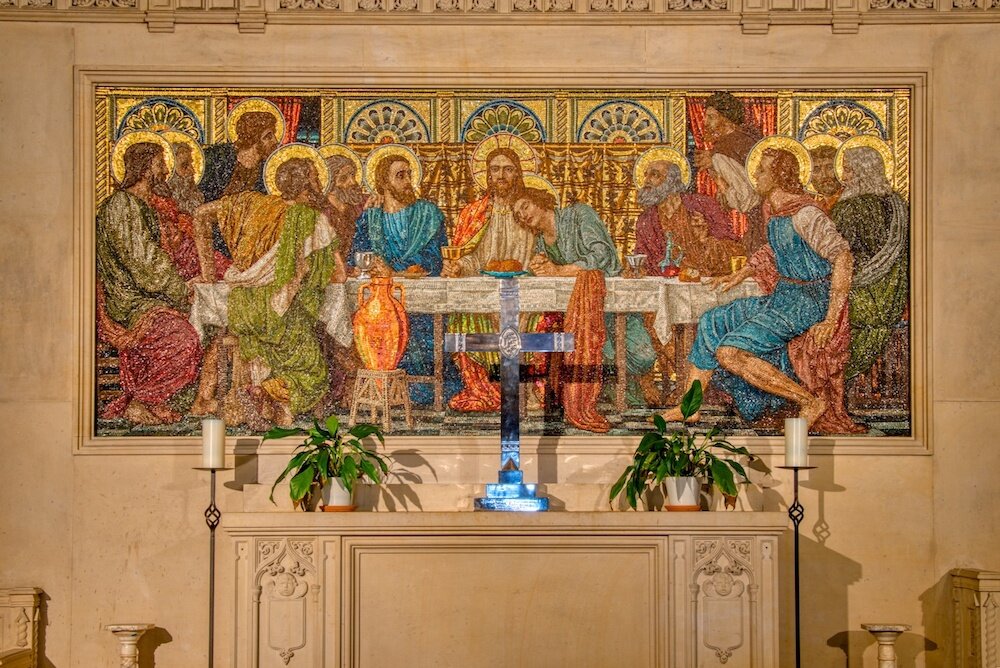
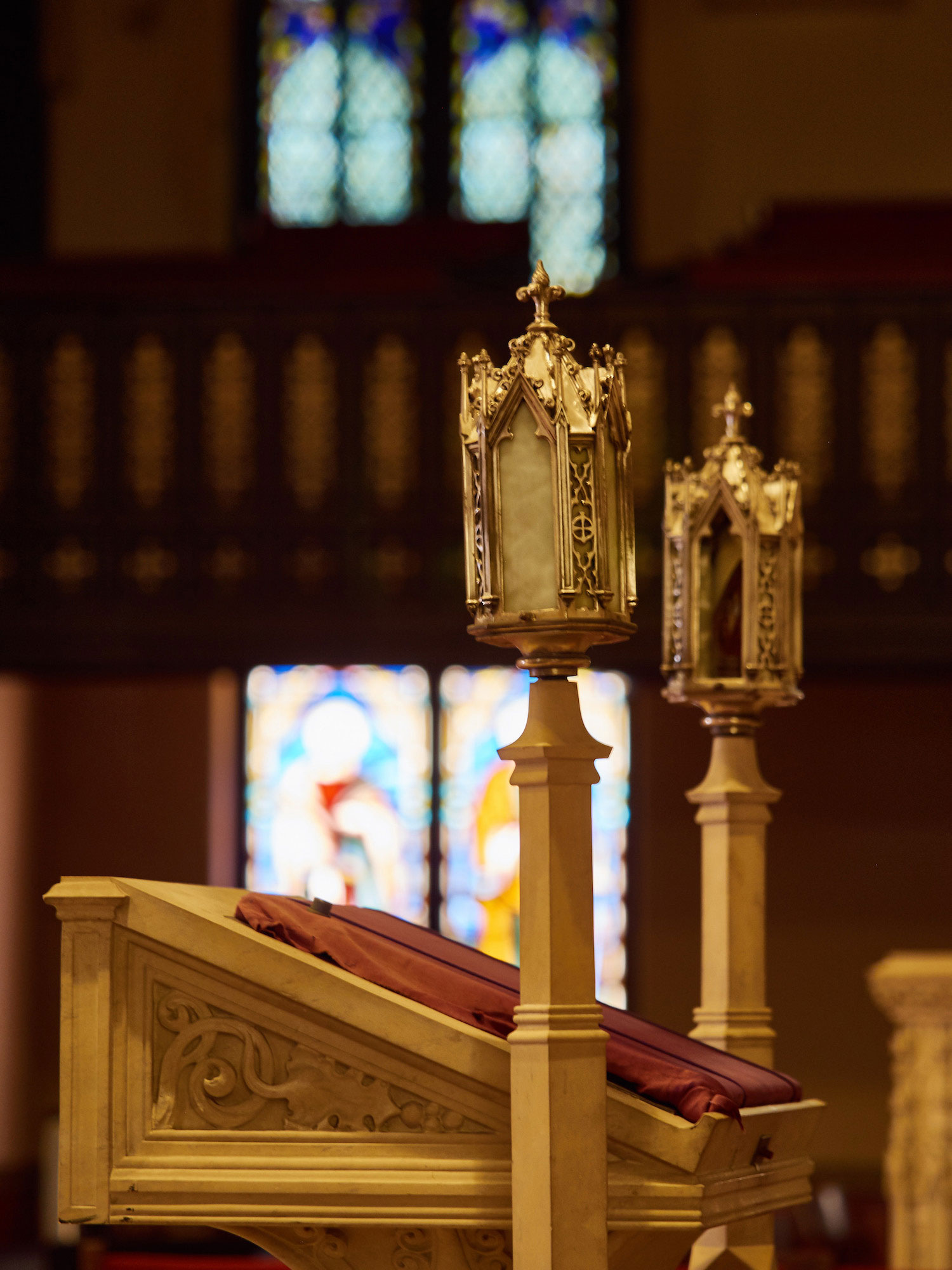
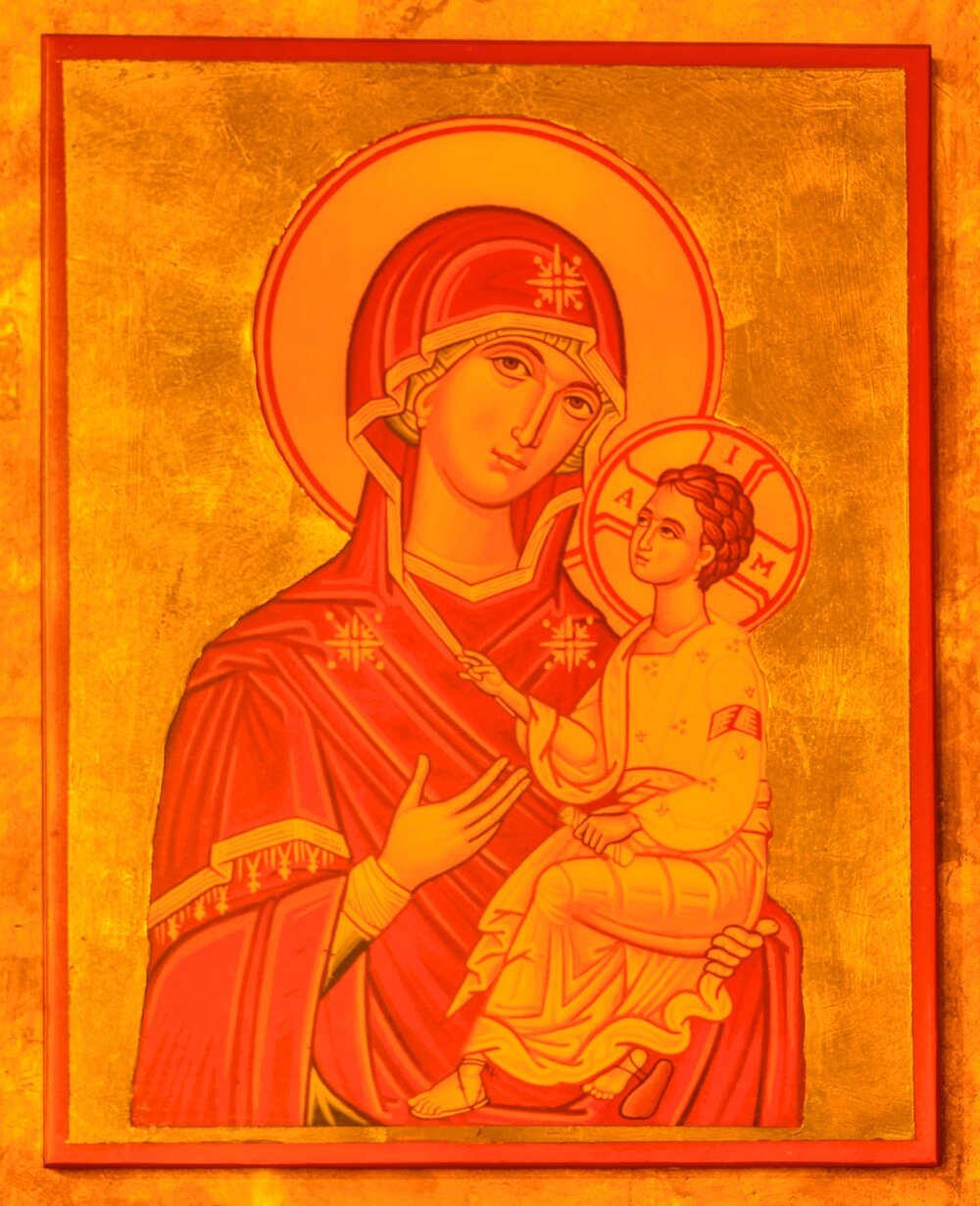
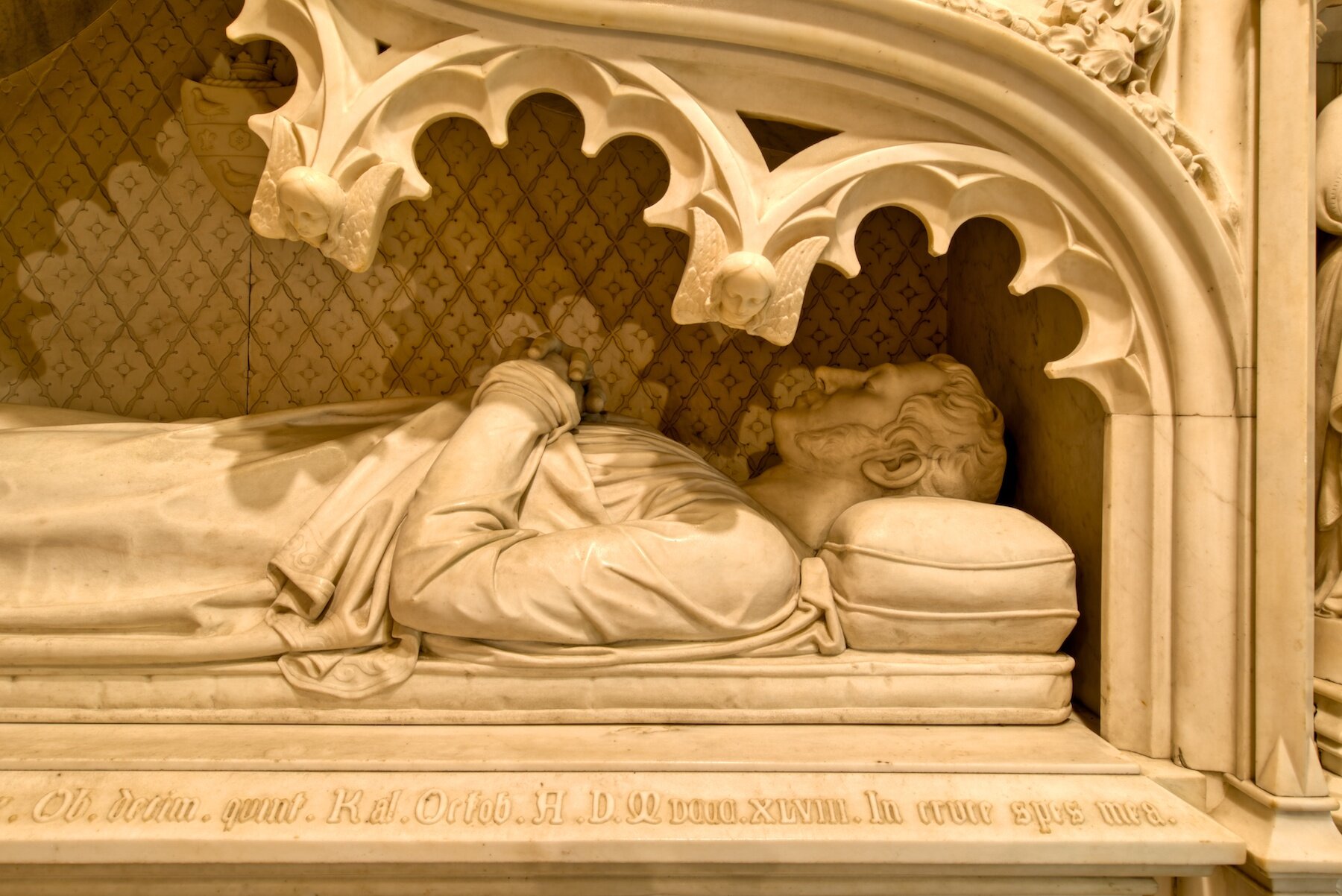
Stained Glass Windows
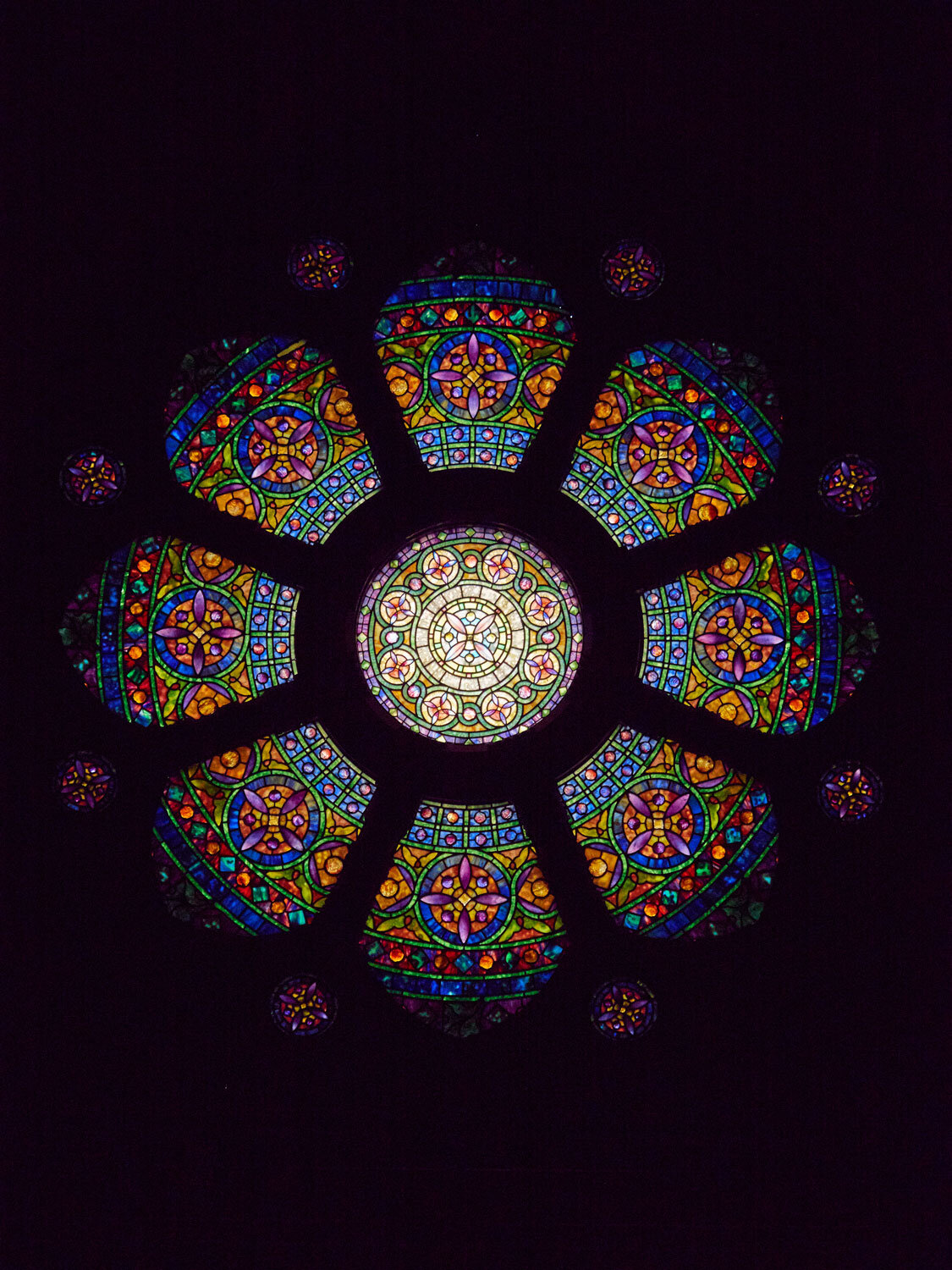
Among St. Stephen's key Gothic features are its tall stained-glass windows with pointed arches. Such windows differ dramatically in look and effect from those in American Colonial churches like Philadelphia's Christ Church, with its clear glass rounded-arch windows surmounted by fanlights. In line with its Gothic Style architecture, the windows at St. Stephen's were designed to inspire solemn reverence with dappled, luminous color in a shadowy atmospheric space.
The original planned windows did not arrive from England in time for the consecration, but their installation by the late 1820s makes them the earliest existing stained-glass windows in Philadelphia and possibly the United States. Over time, windows were changed, added, or suppressed as new generations of parish members modified the interior. The result is a visually rich and diverse historical survey of American stained-glass windows over a century, including windows by the renowned Tiffany and D'Ascenzo Studios.
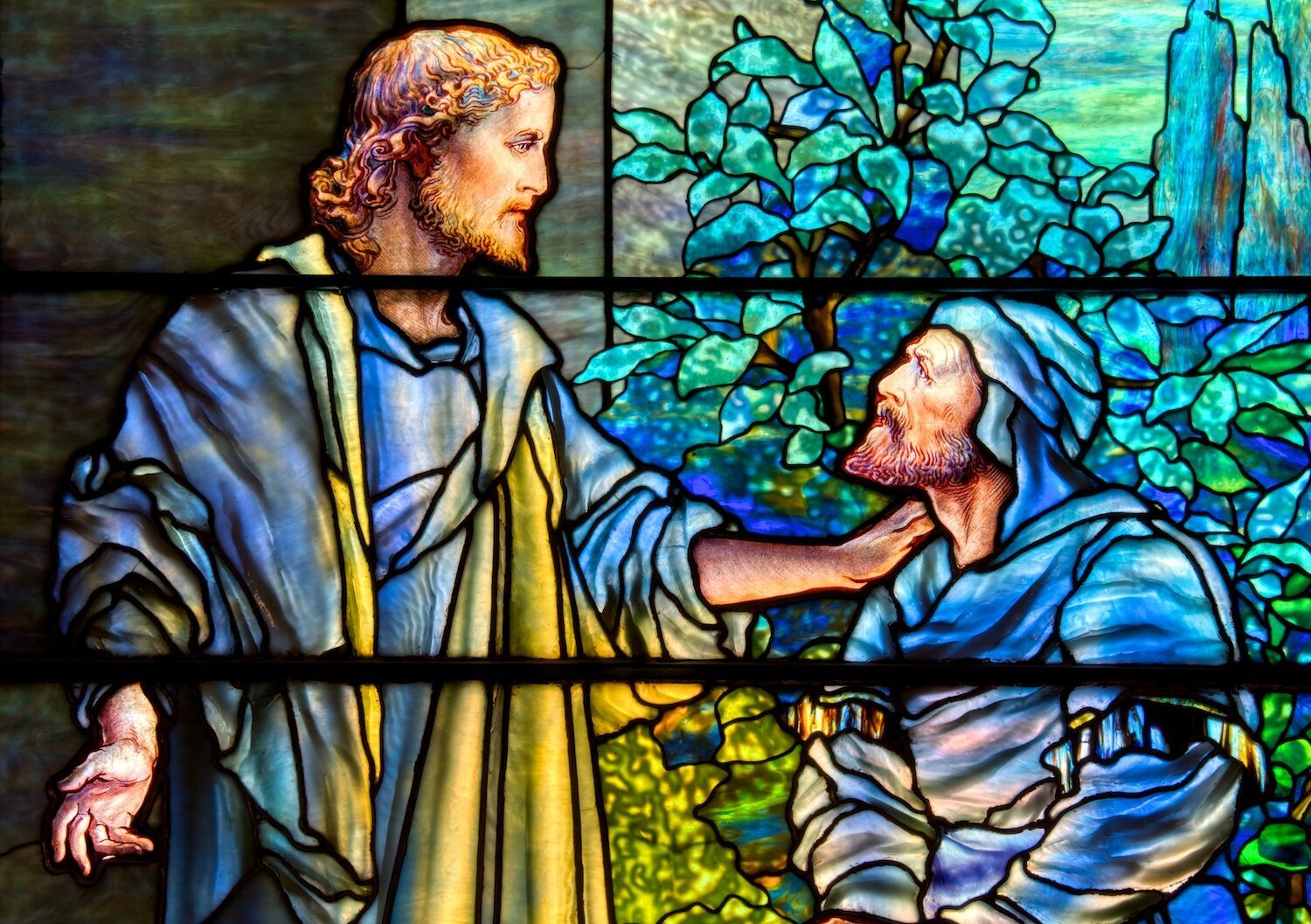
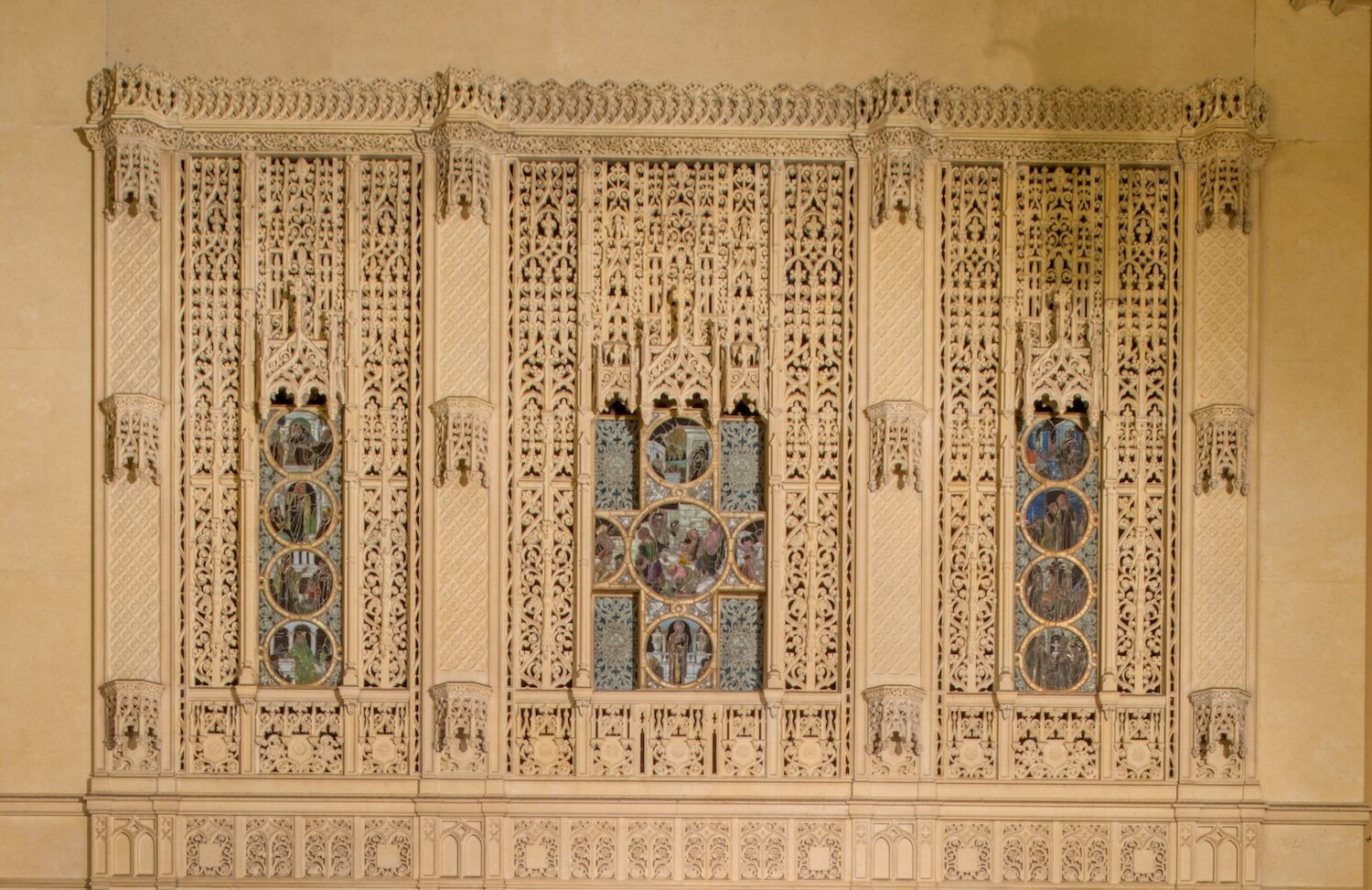
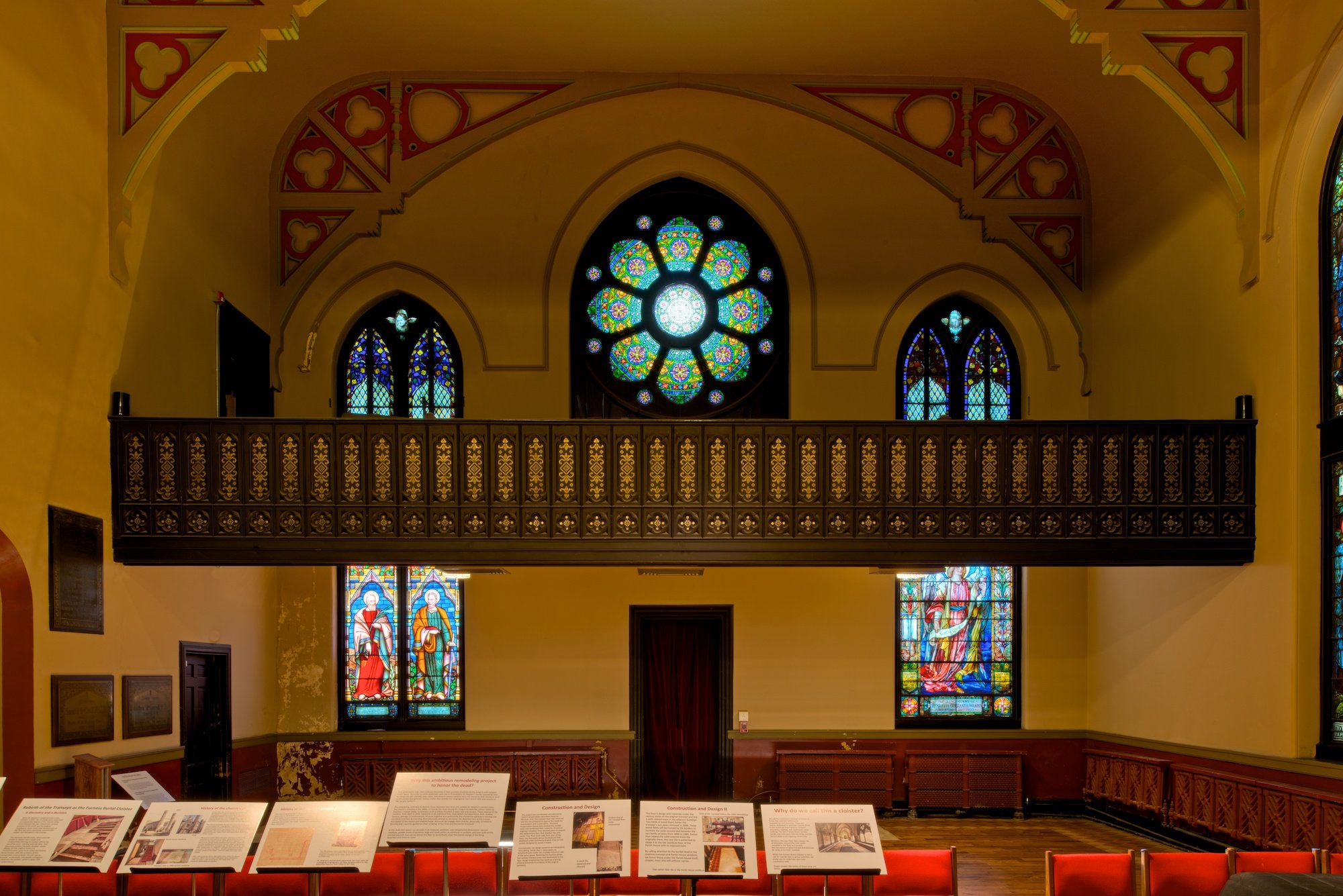
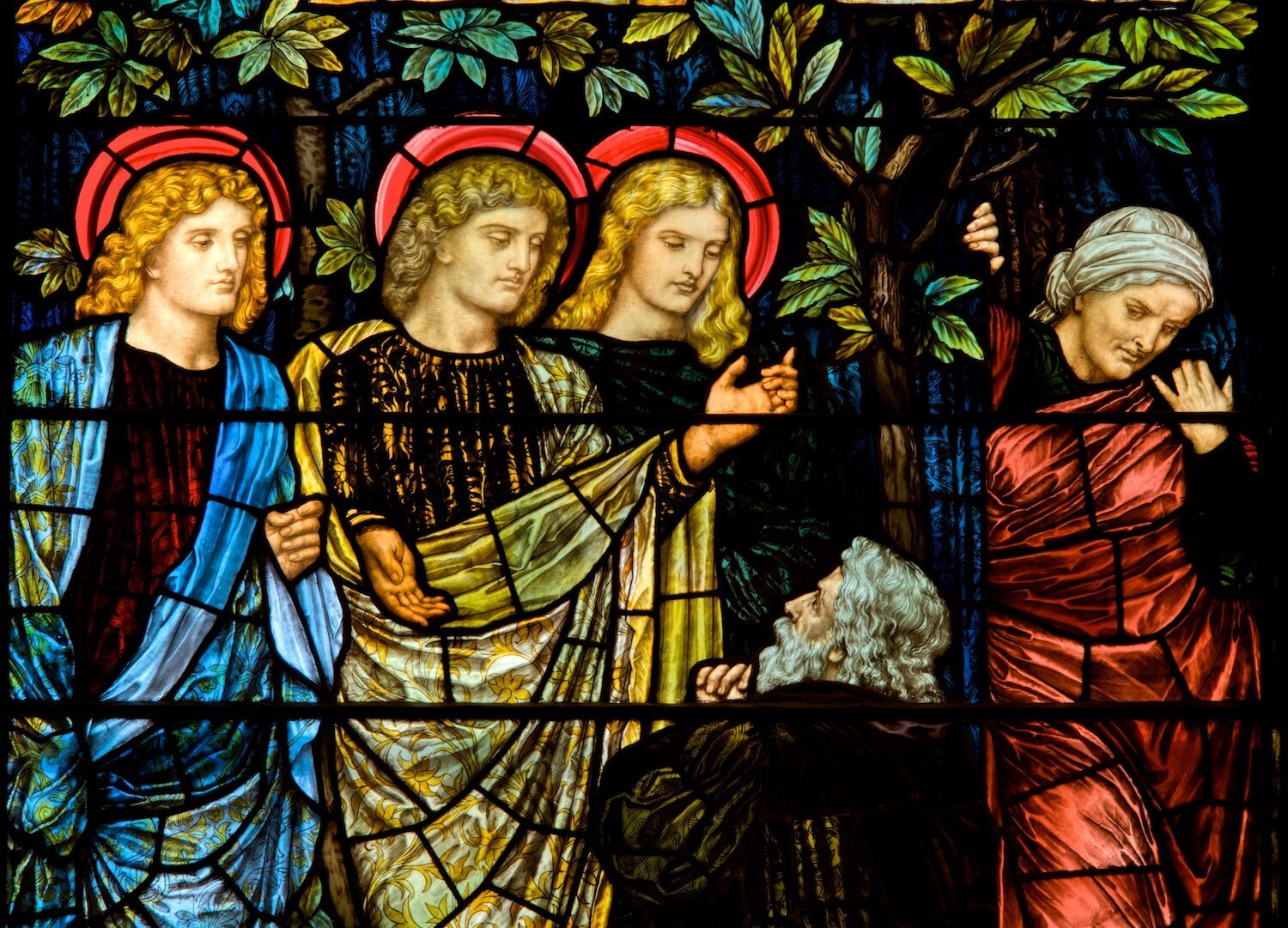
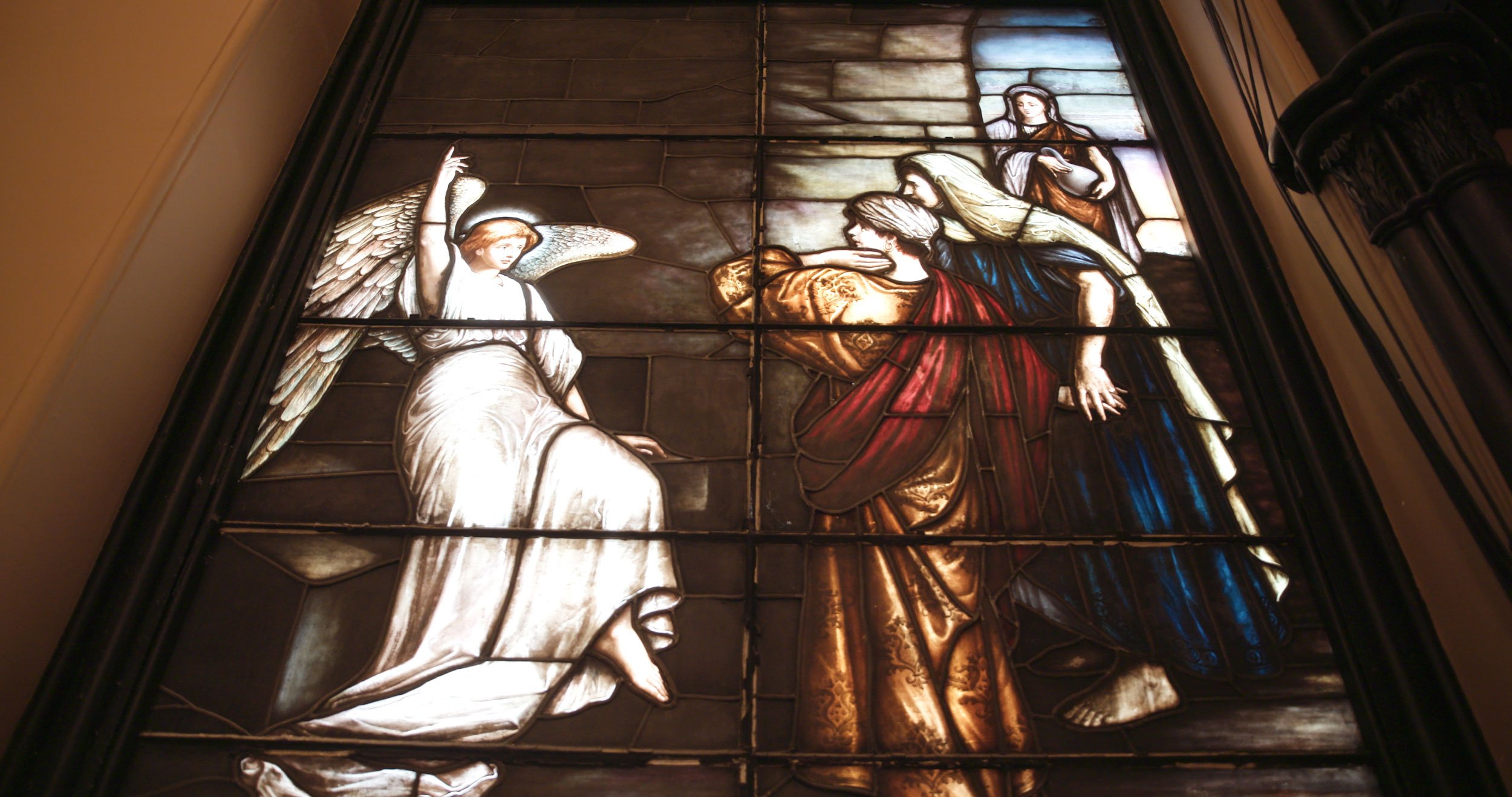
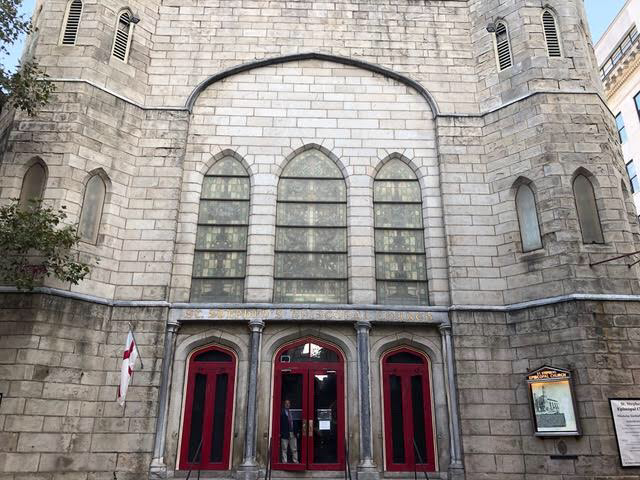

Magee Windows
Designed by Henry Holiday for James Powell & Sons, 1879-1880
These two windows—“Abraham and the Three Strangers” and “Rebekah at the Well”—memorialized two members of the Magee family.
D'Ascenzo Studios, Magee / Dorcas Window, after 1923
This colorful window, depicting the widow Dorcas giving clothing to the needy, is an homage to the generous Philadelphia philanthropist, Anna J. Magee.
Tiffany Studios, Christ and Nicodemus, 1911
This window weaves together symbolism and biblical storytelling seamlessly..
Tiffany Studios, Welcoming Christ, 1899
The first Tiffany window at St. Stephen’s was given in memory of Albert E. Pancoast—a prominent merchant and civic leader—by his wife and daughters.
Tiffany Studios, Rose Window, 1914
This unique ornamental window sits above the Furness Burial Cloister

Life of Saint Stephen Altar Screen, Tiffany Studios, 1917
This intricate series of panels above the altar details scenes from the life of our church’s namesake, Saint Stephen. The altar screen was given in memory of Fannie S. Magee by her sister Anna J. Magee.
